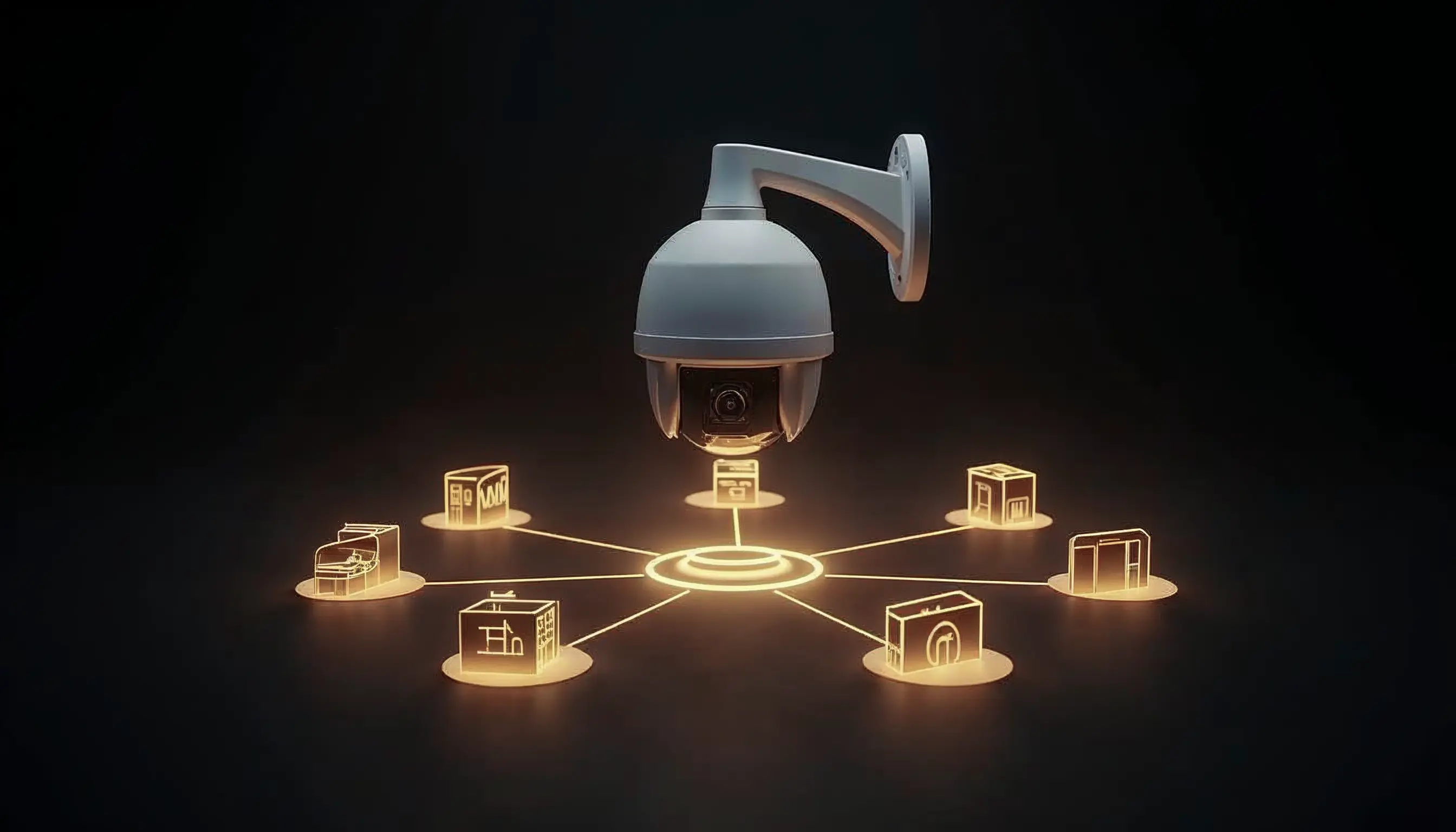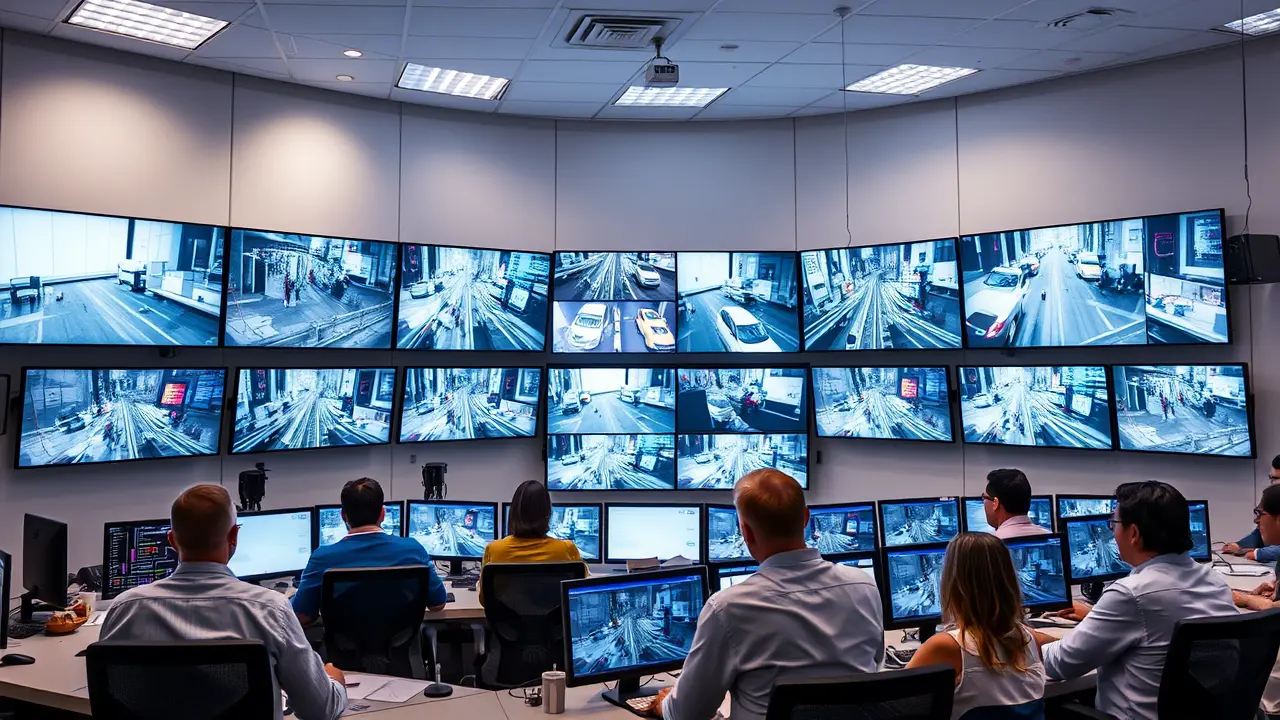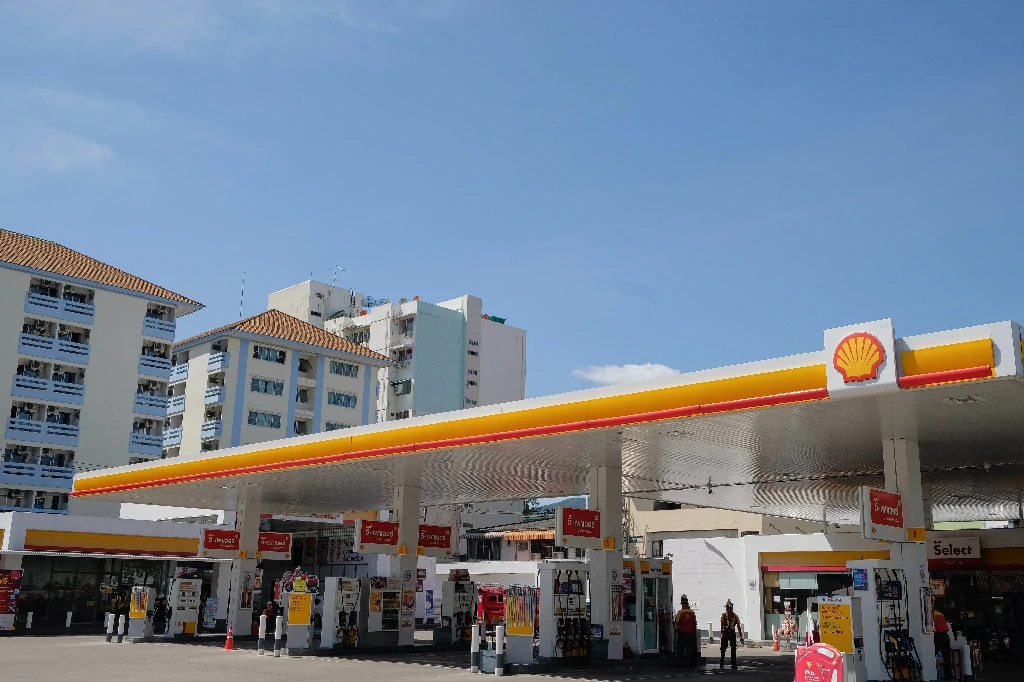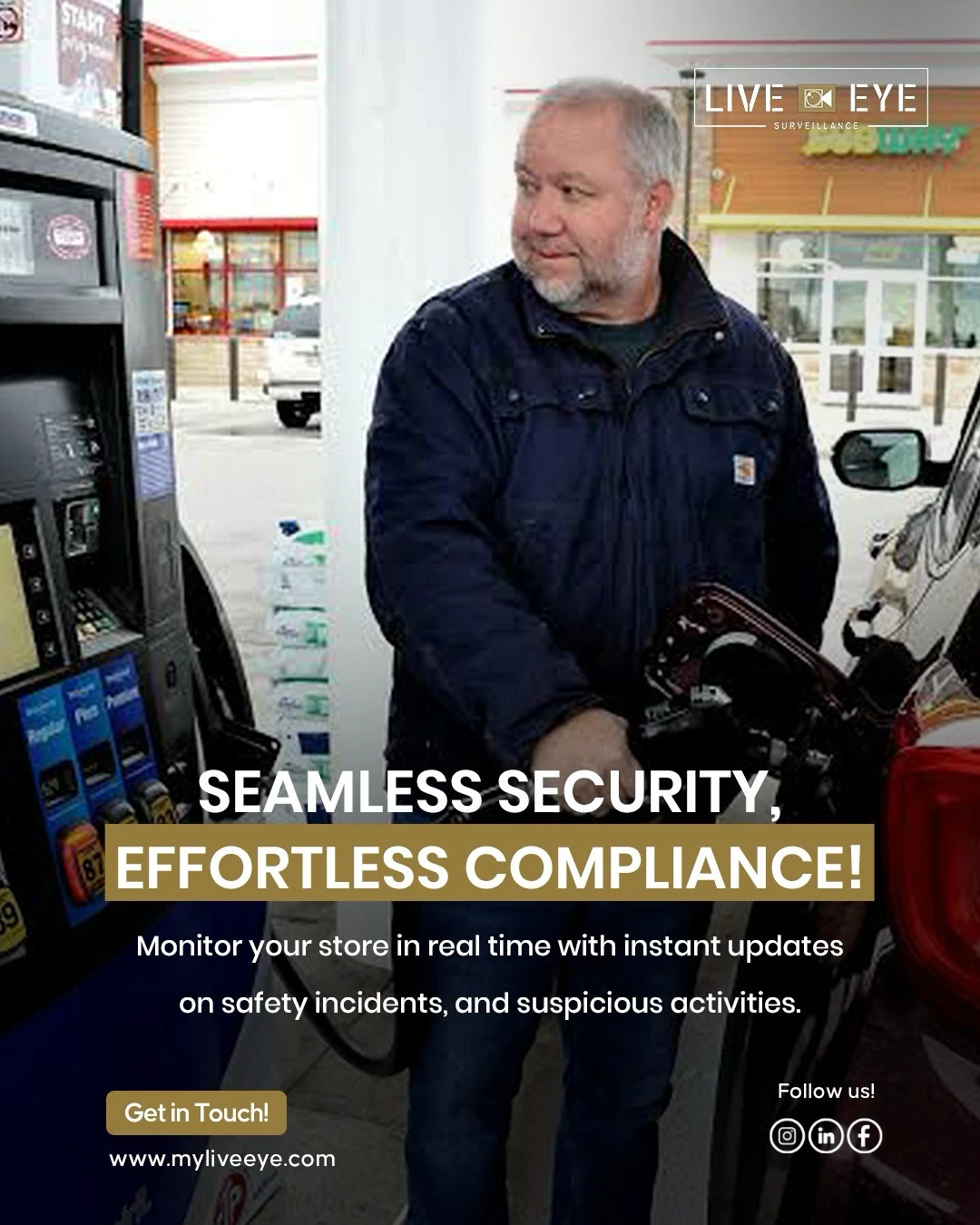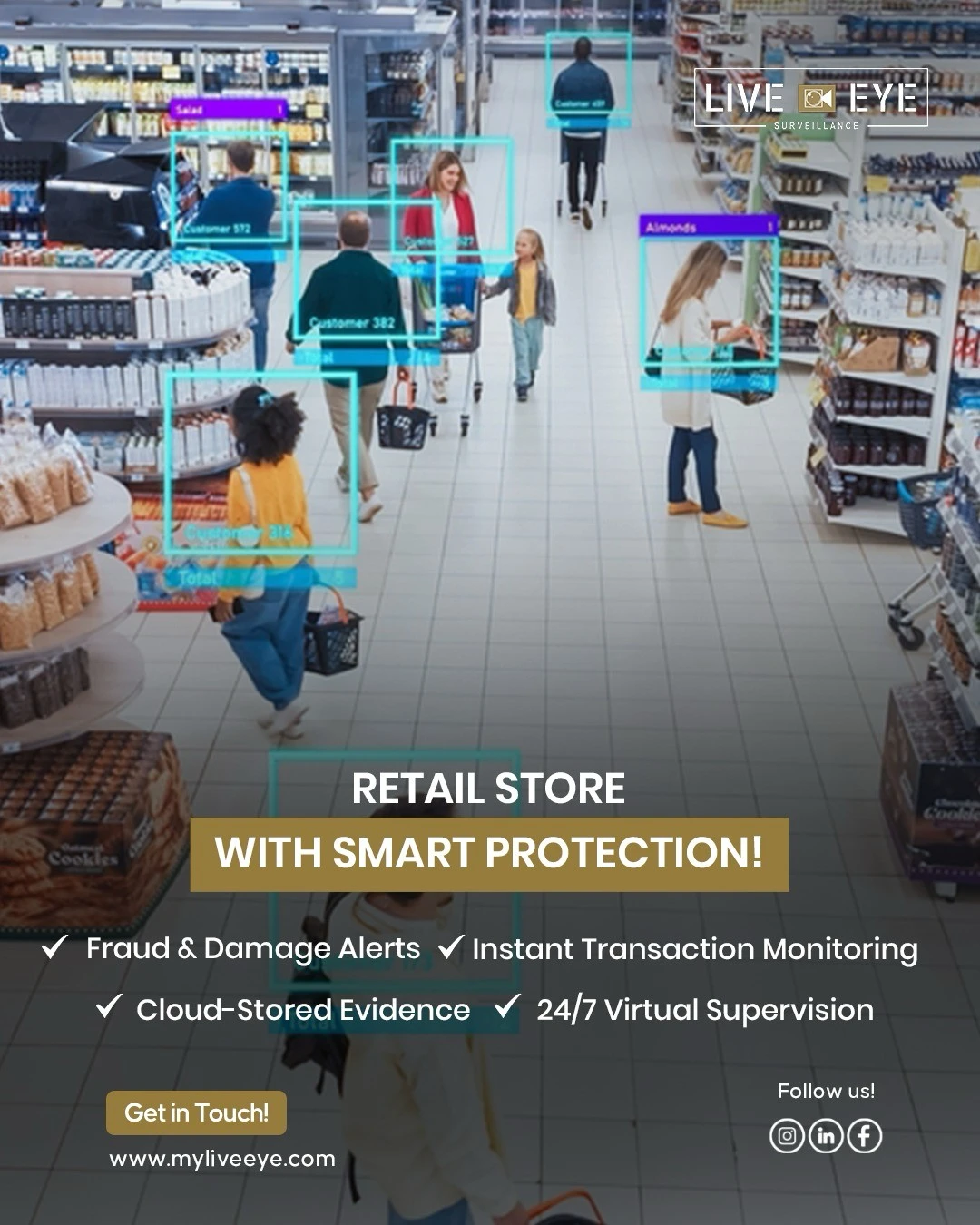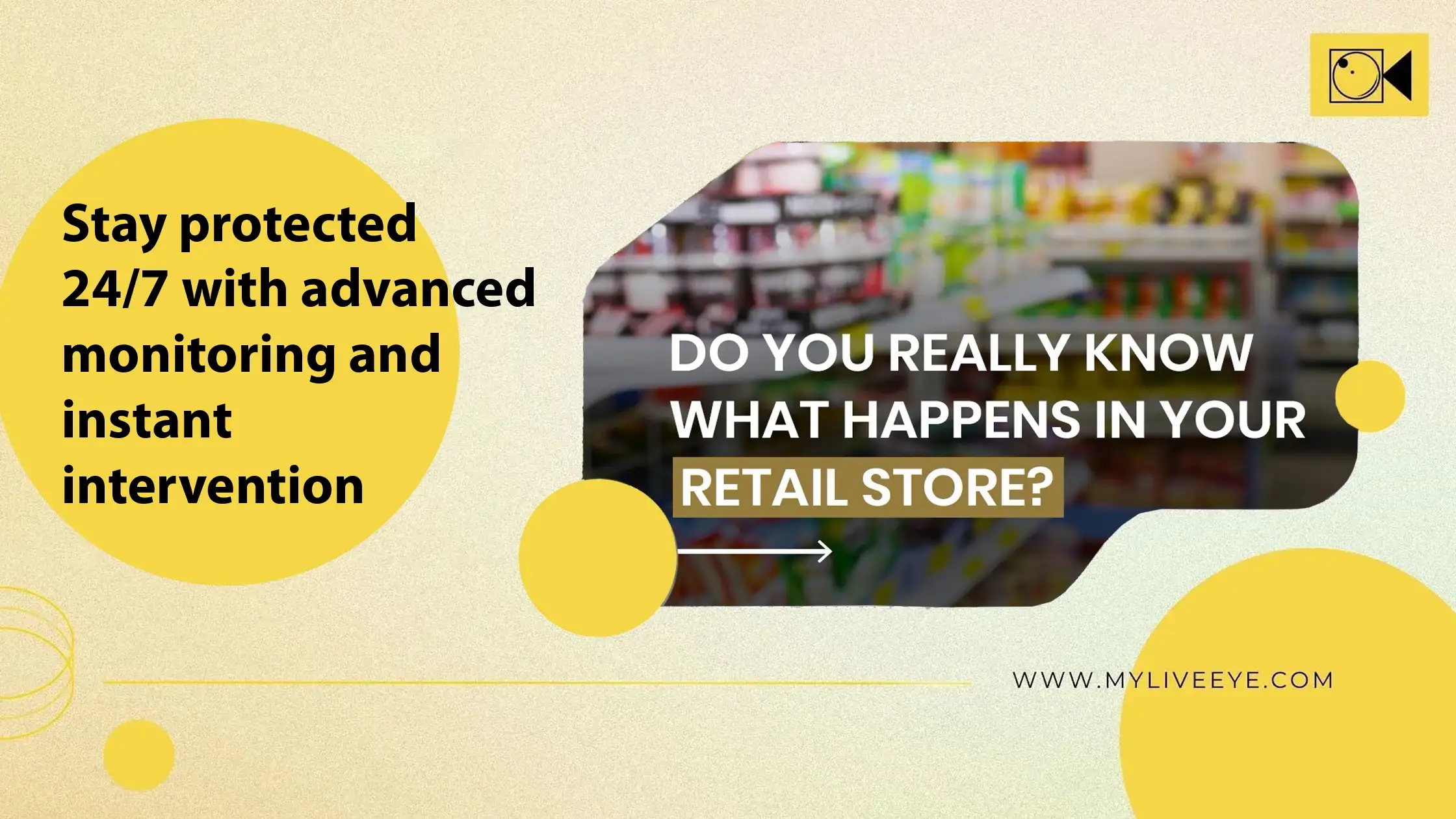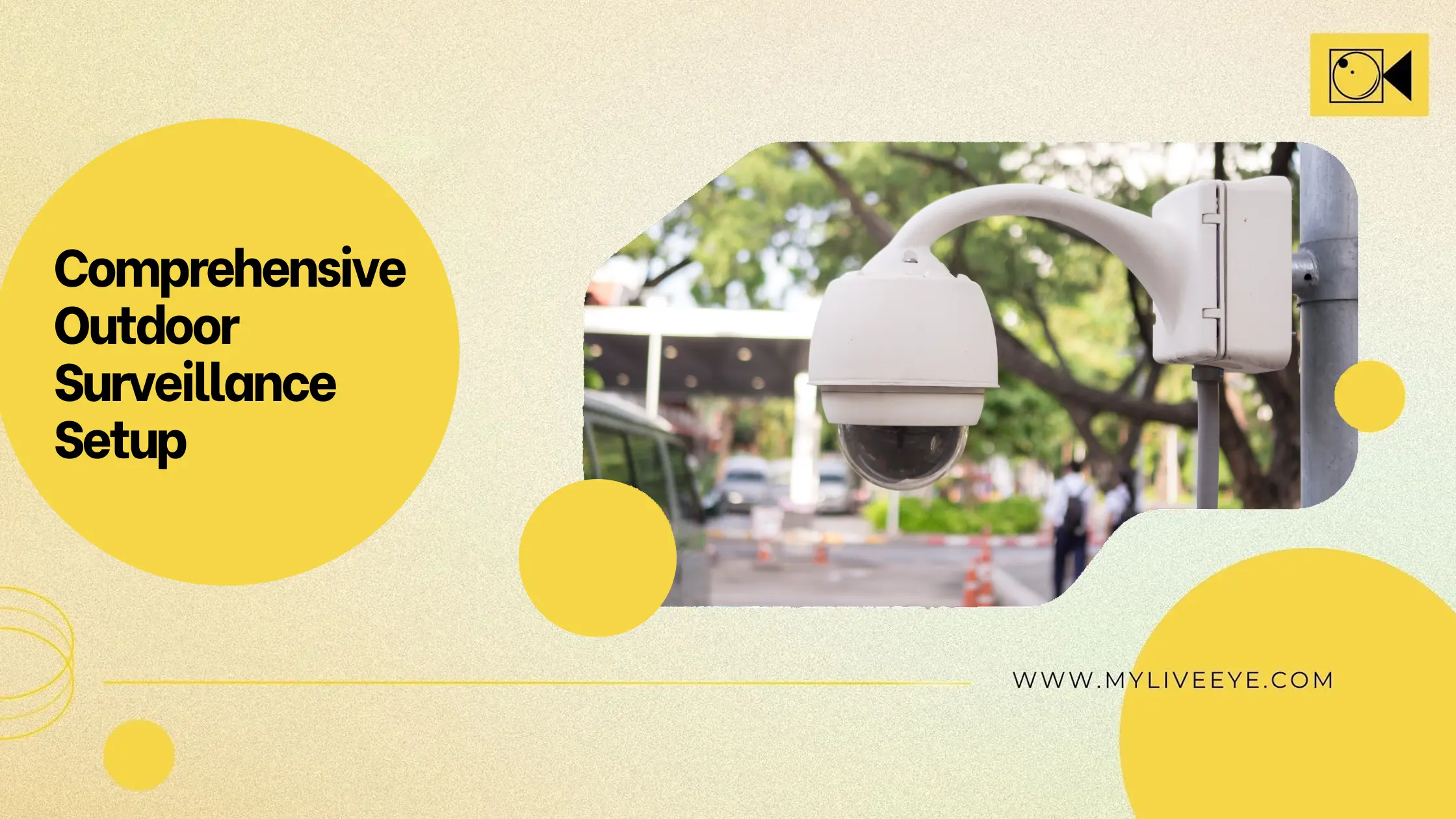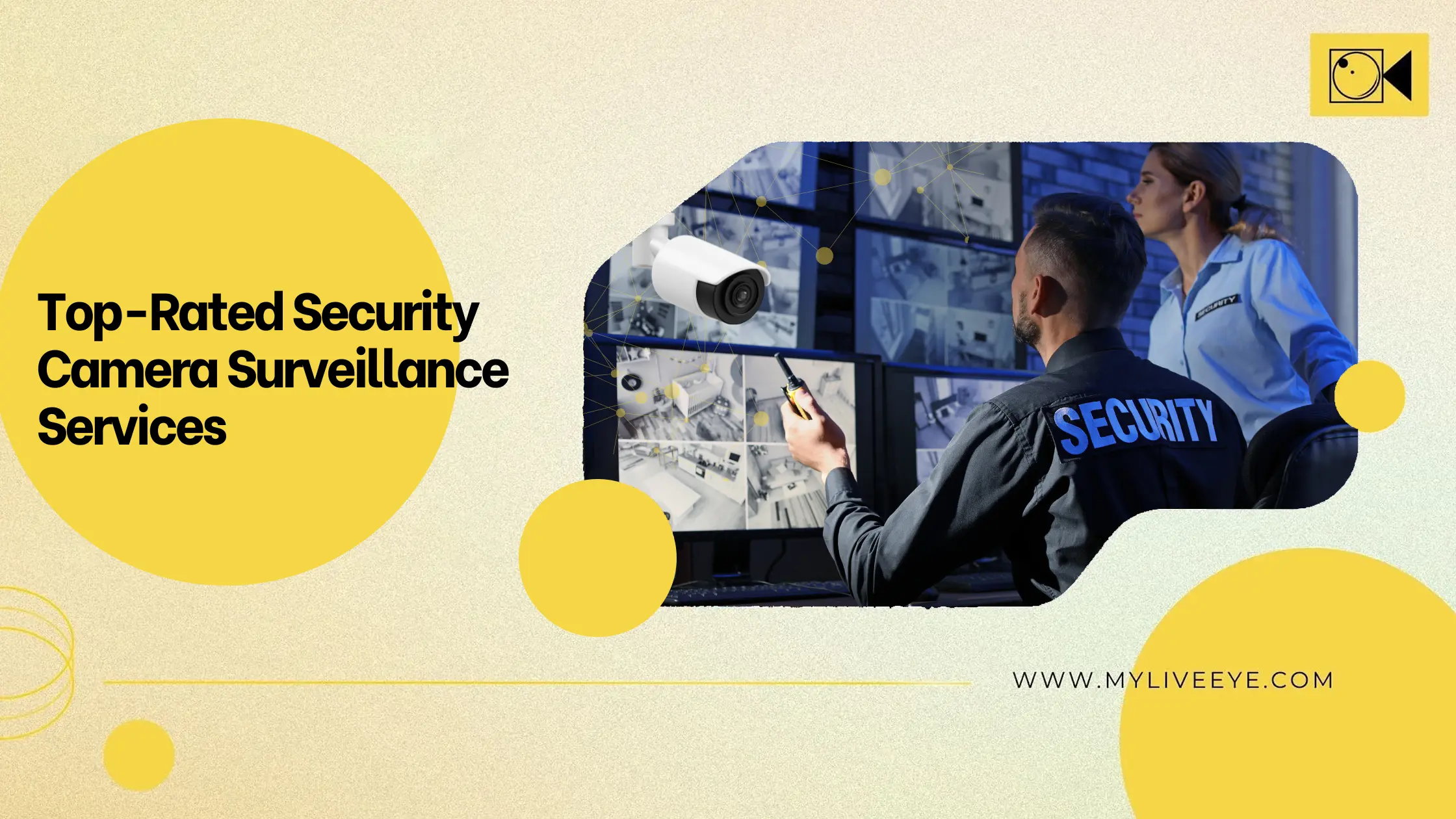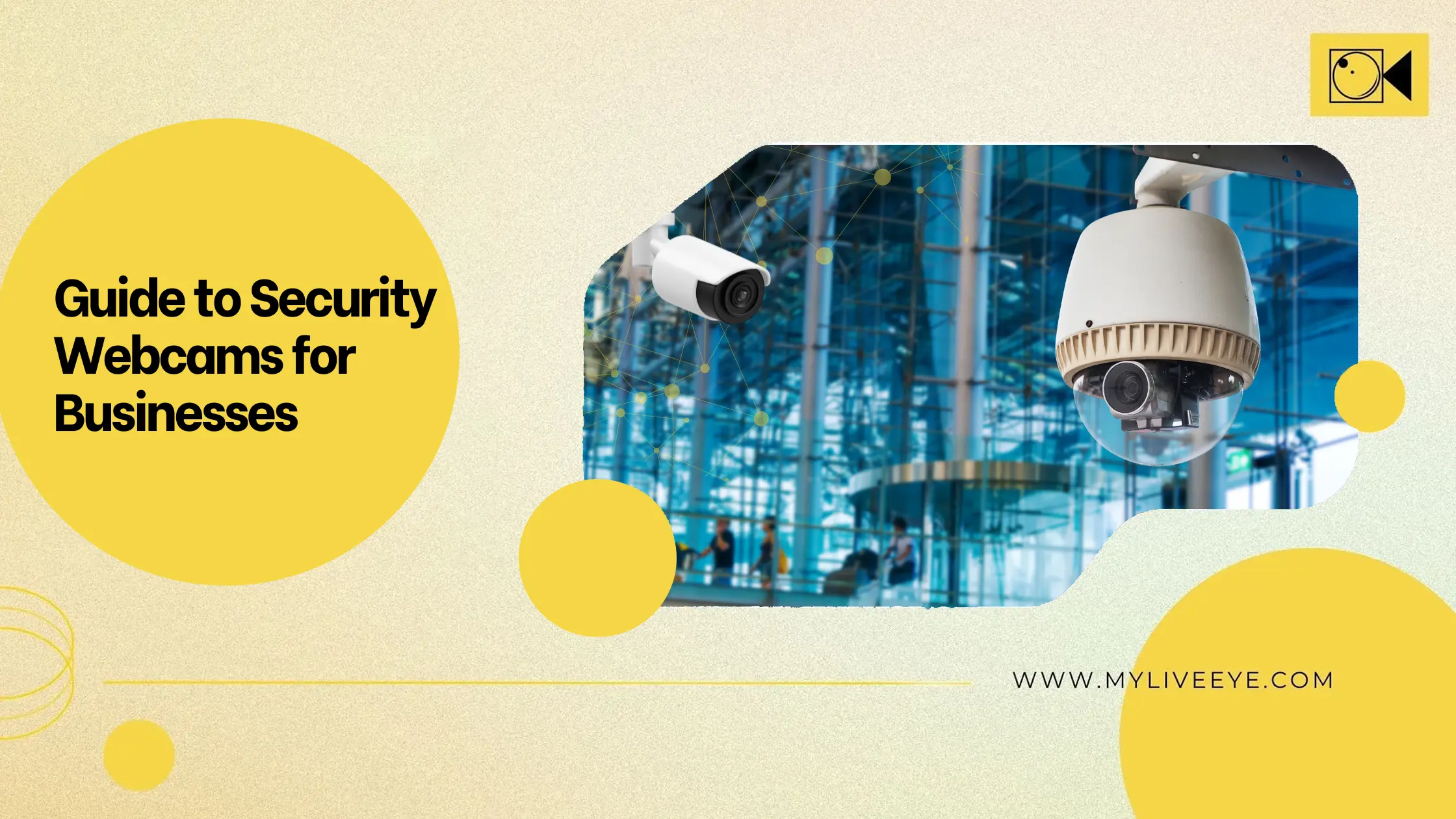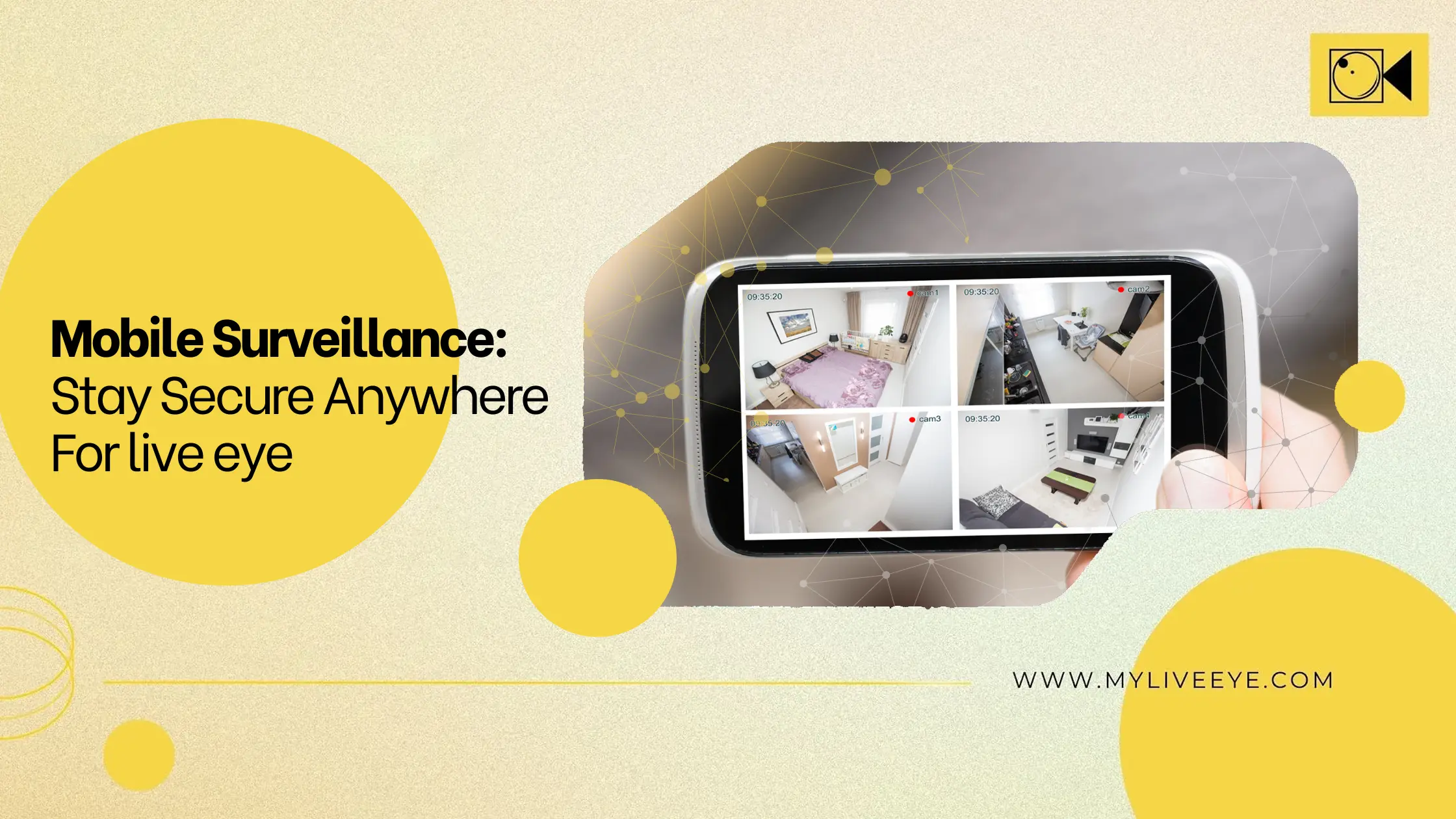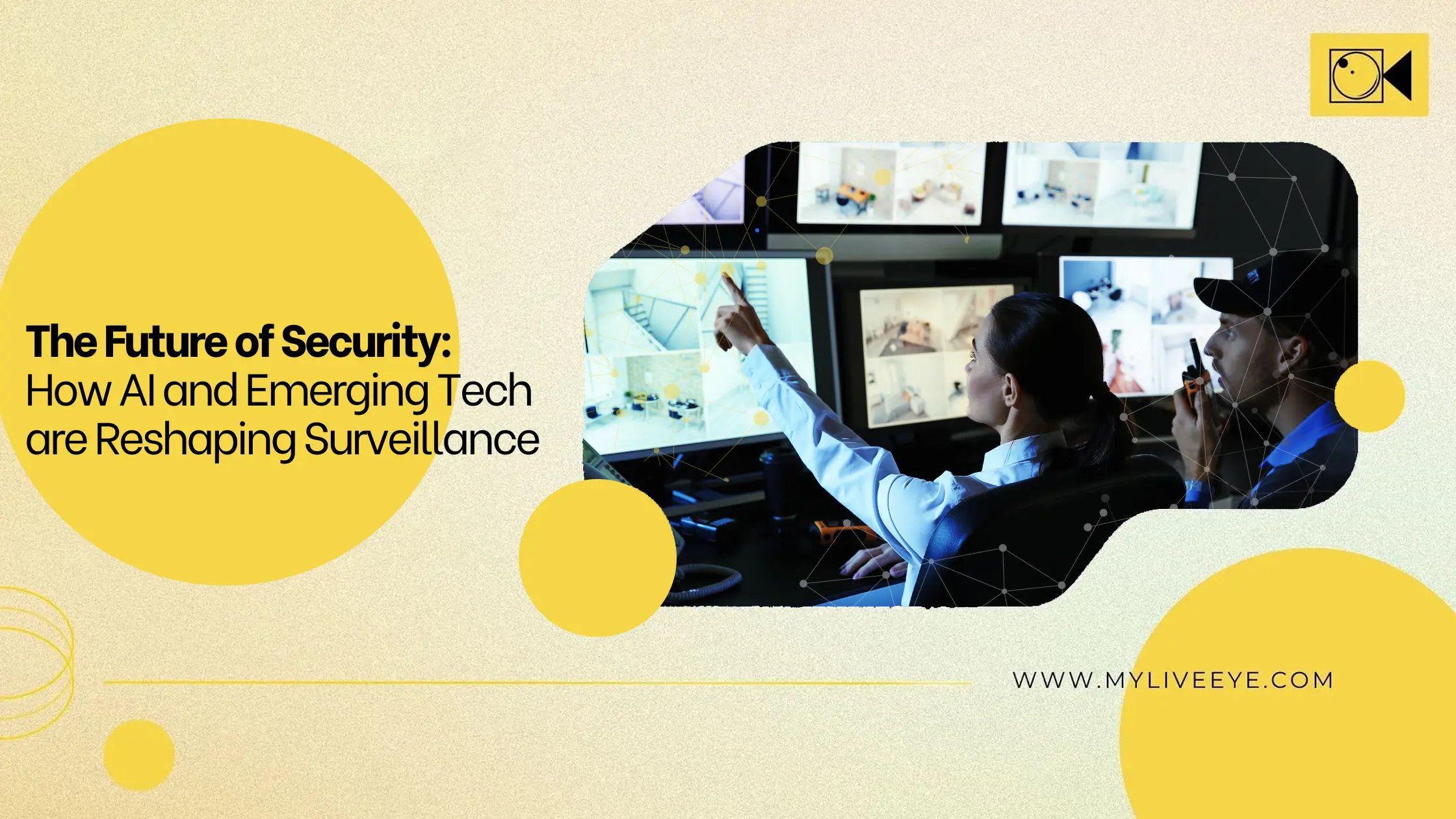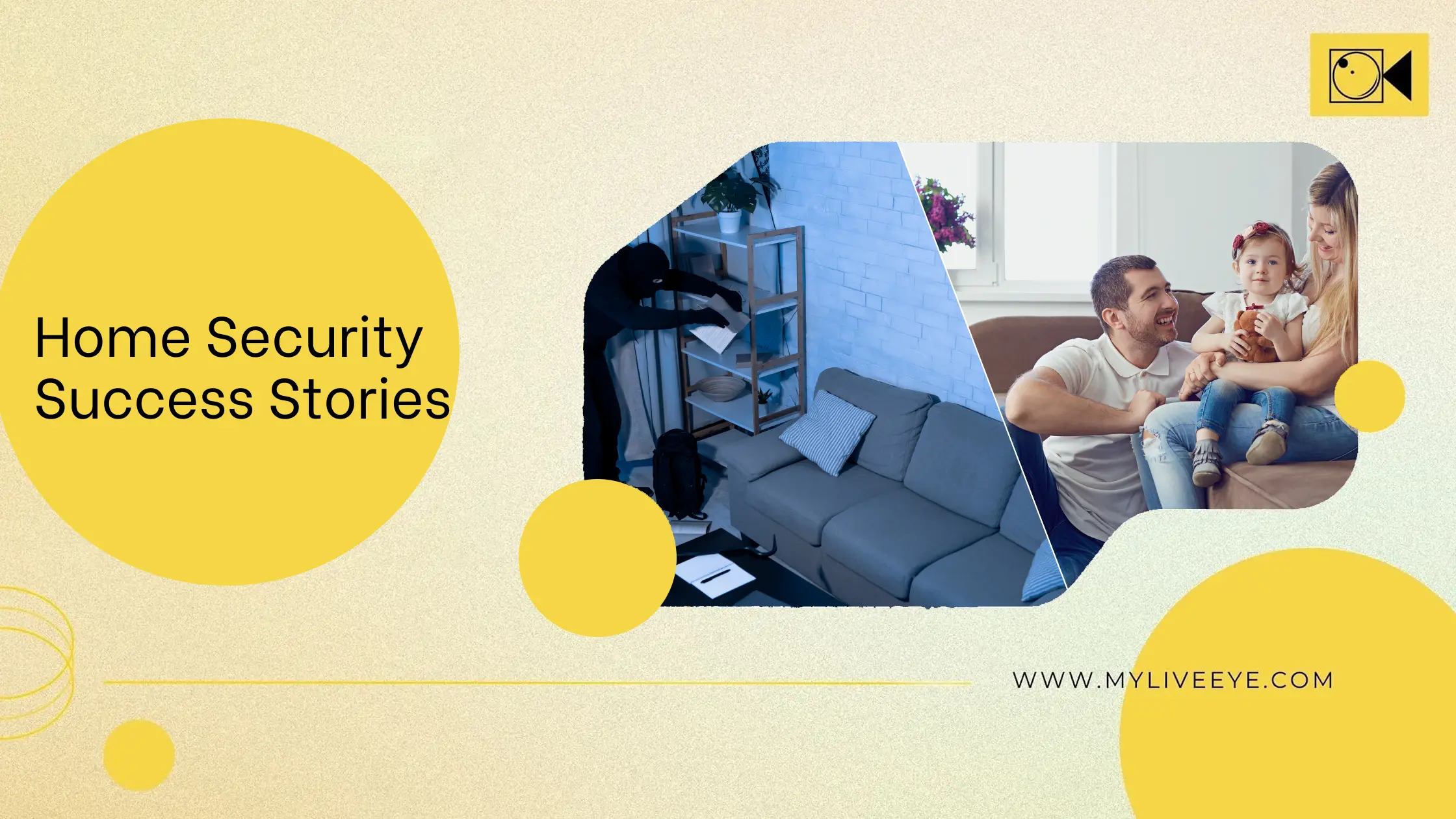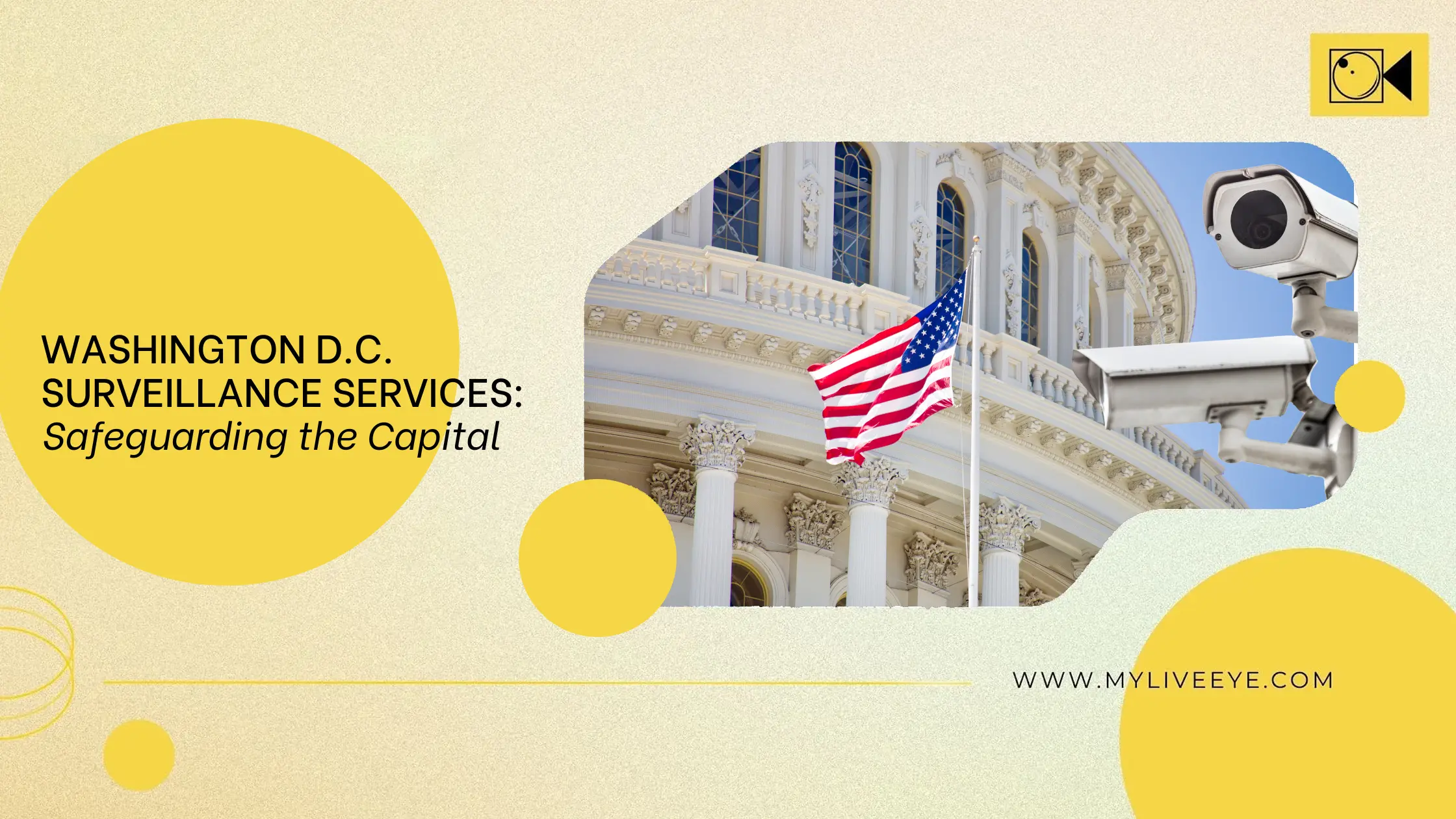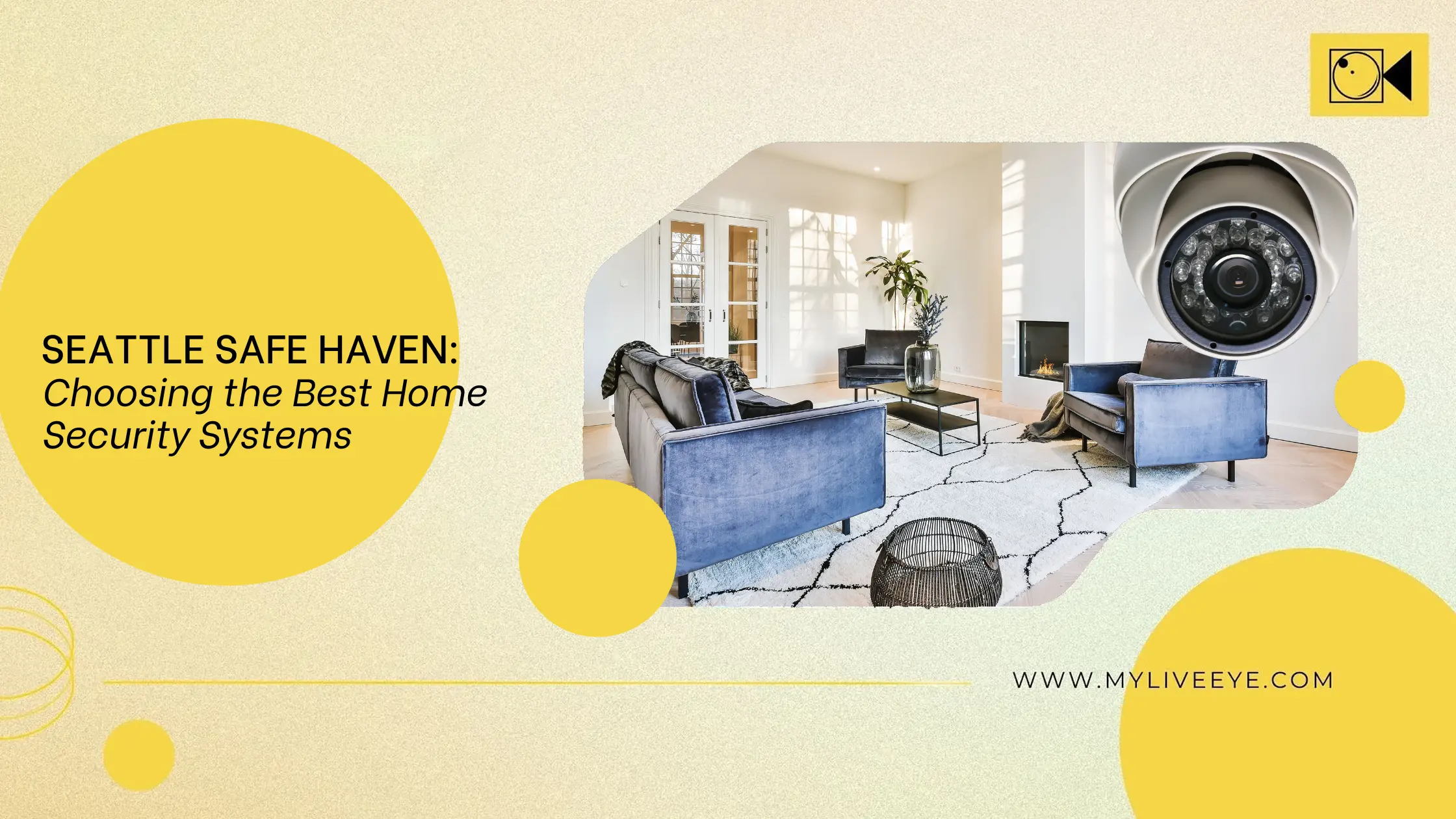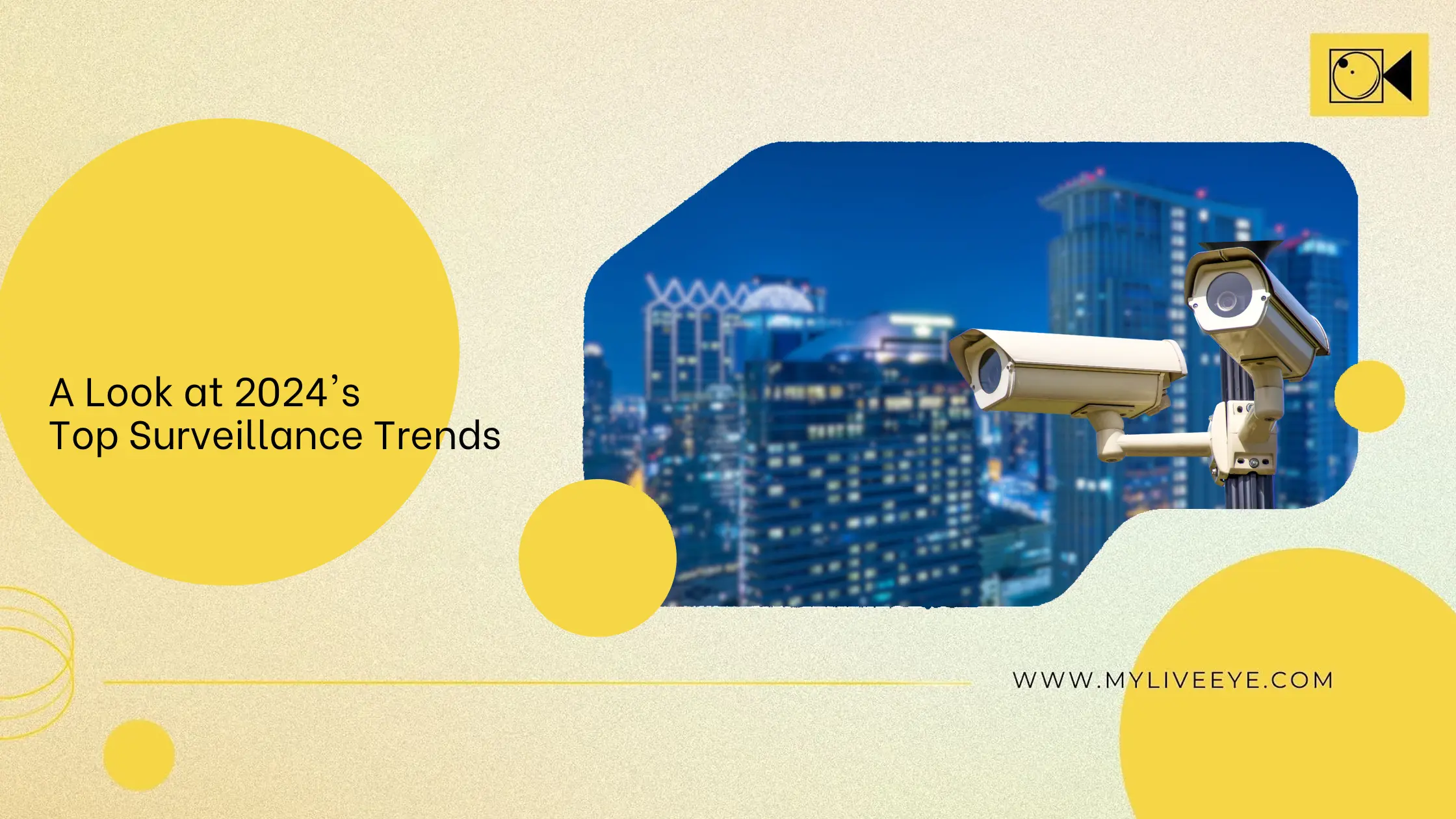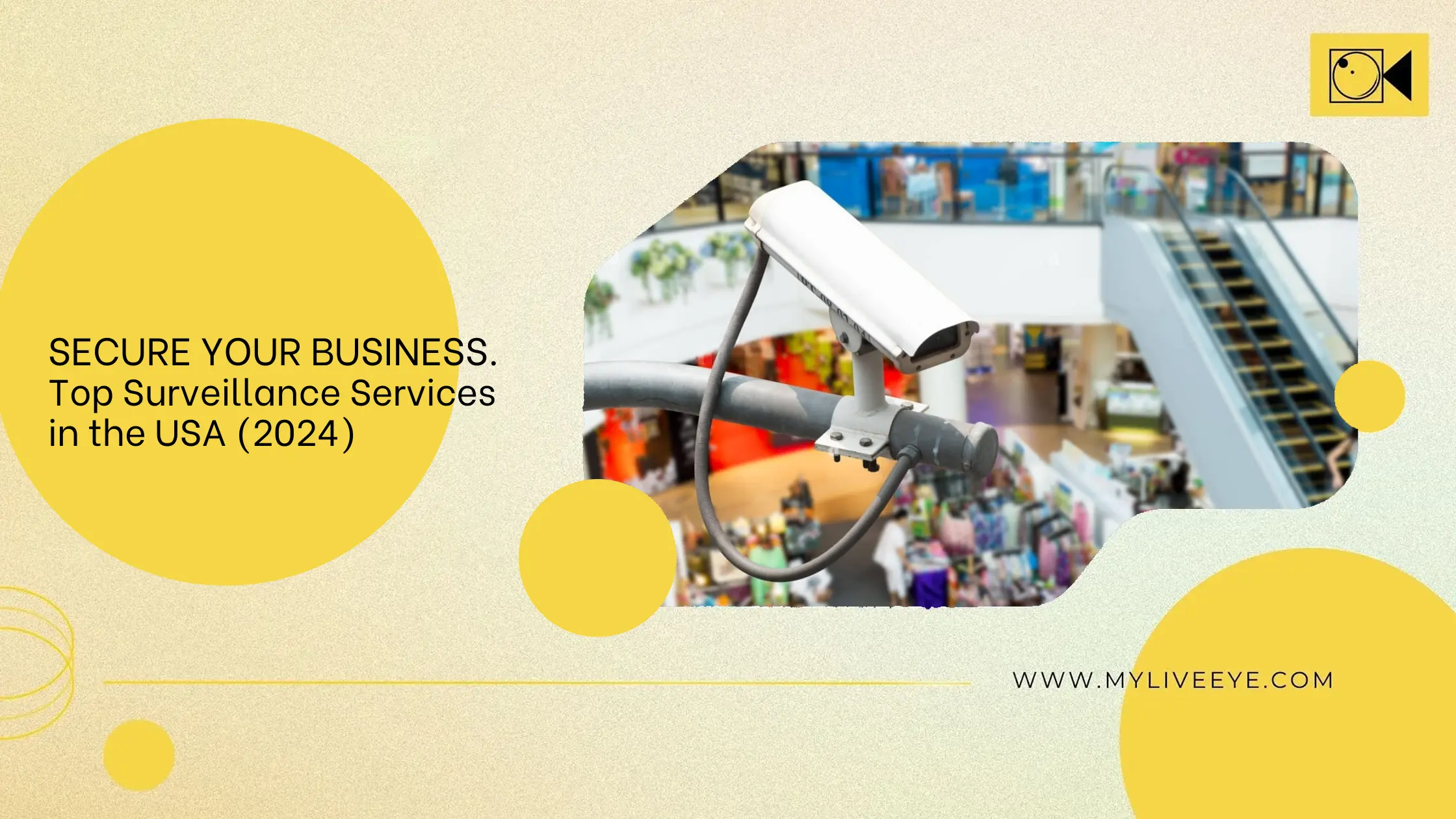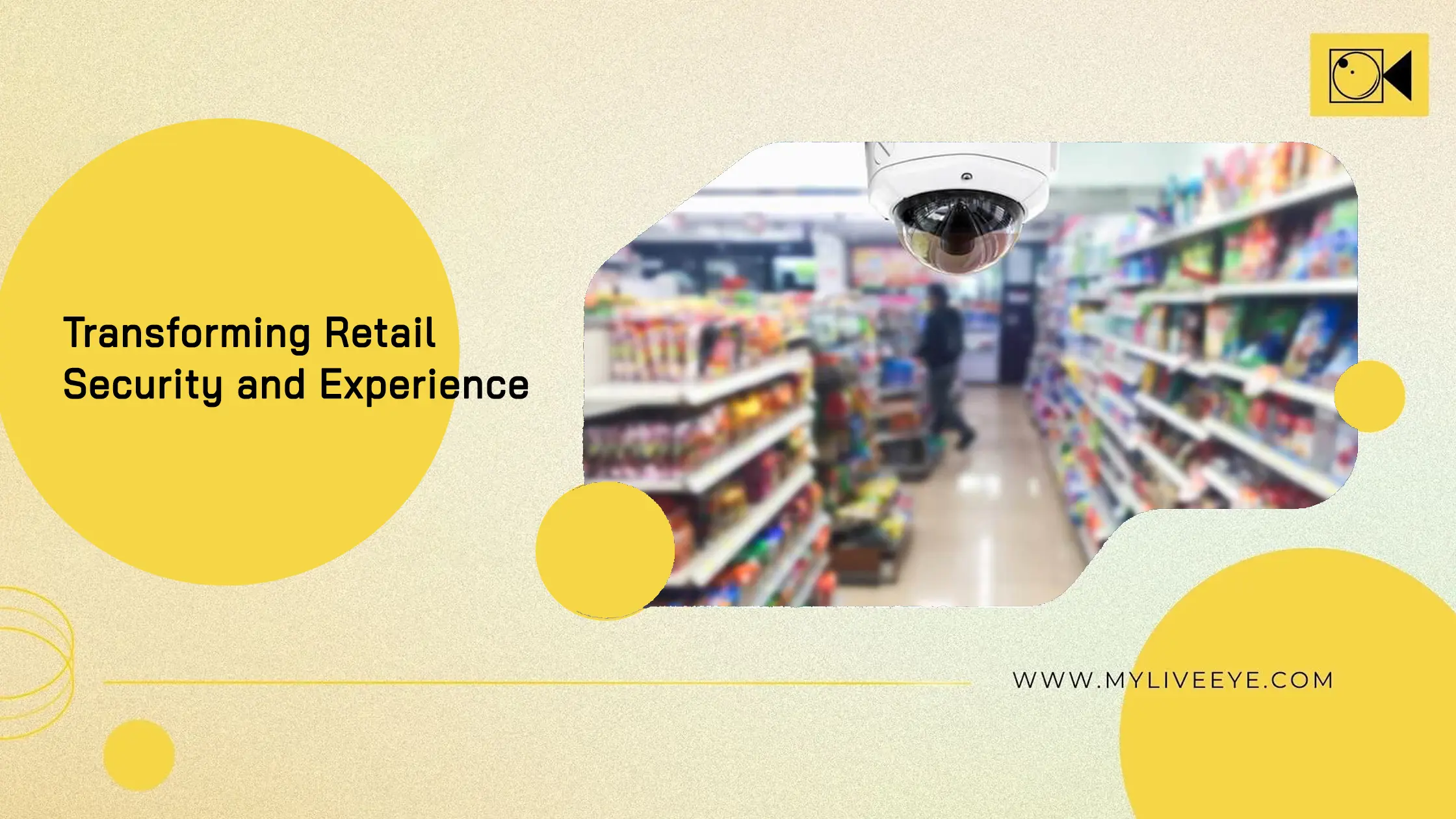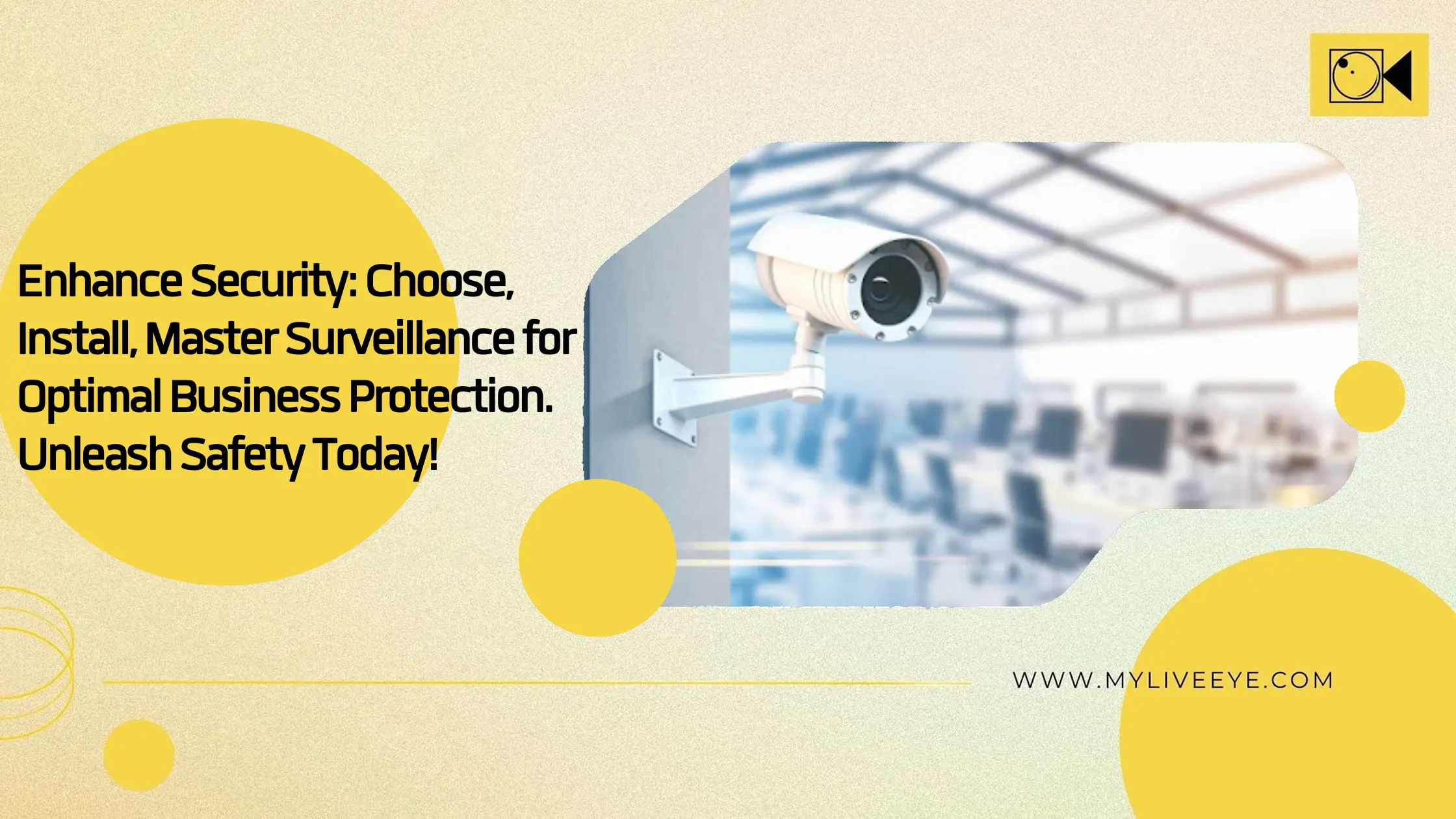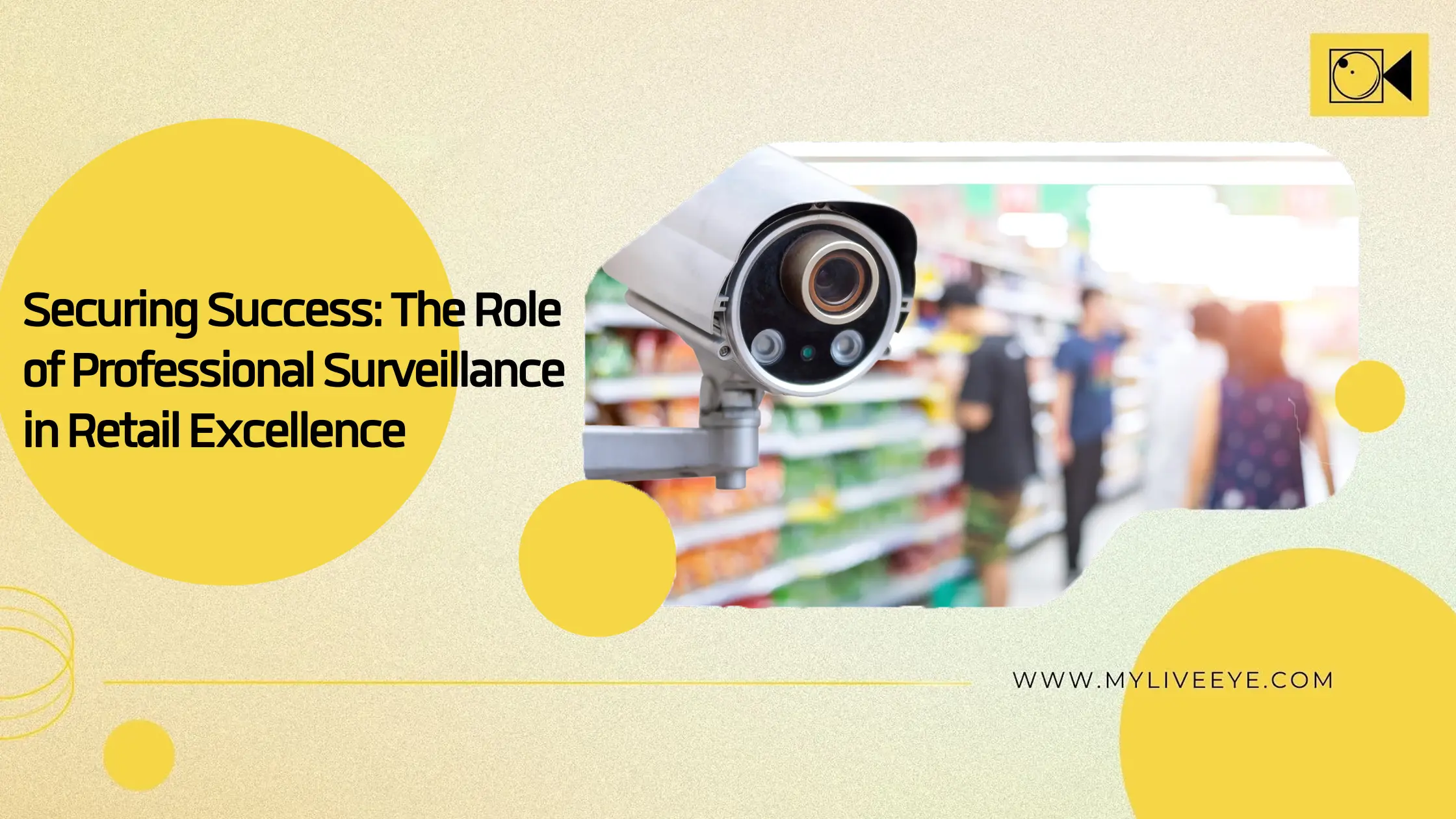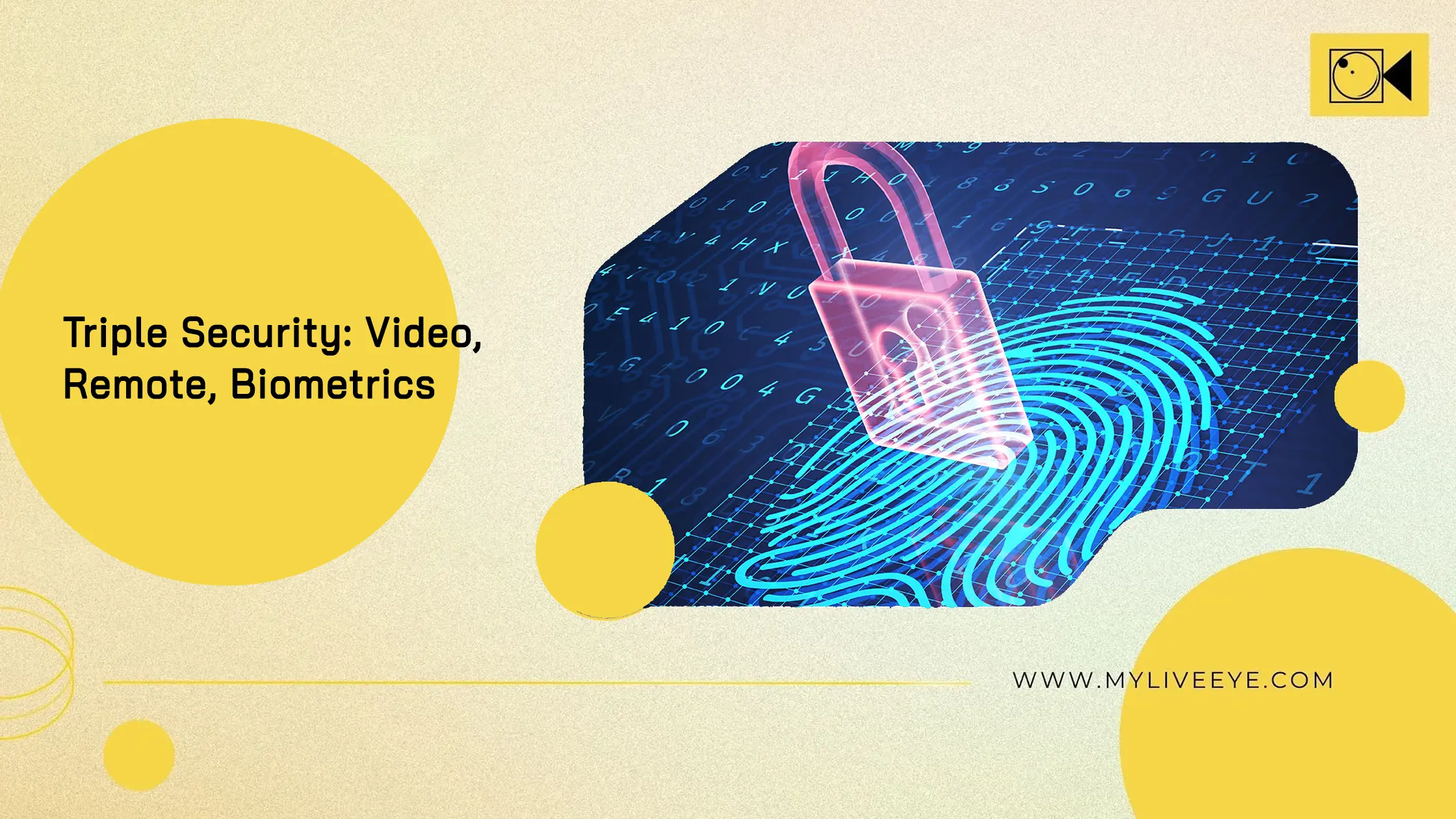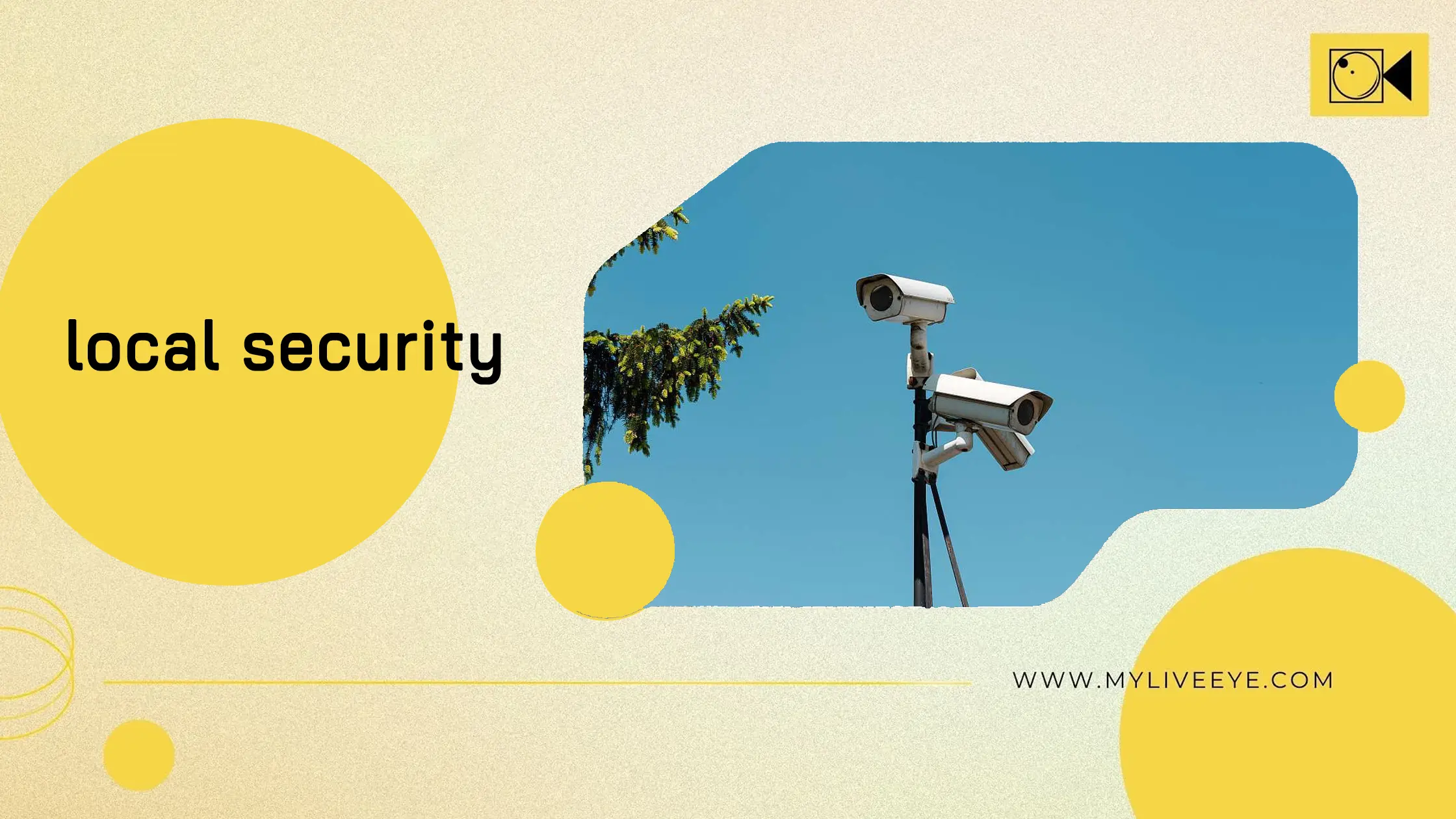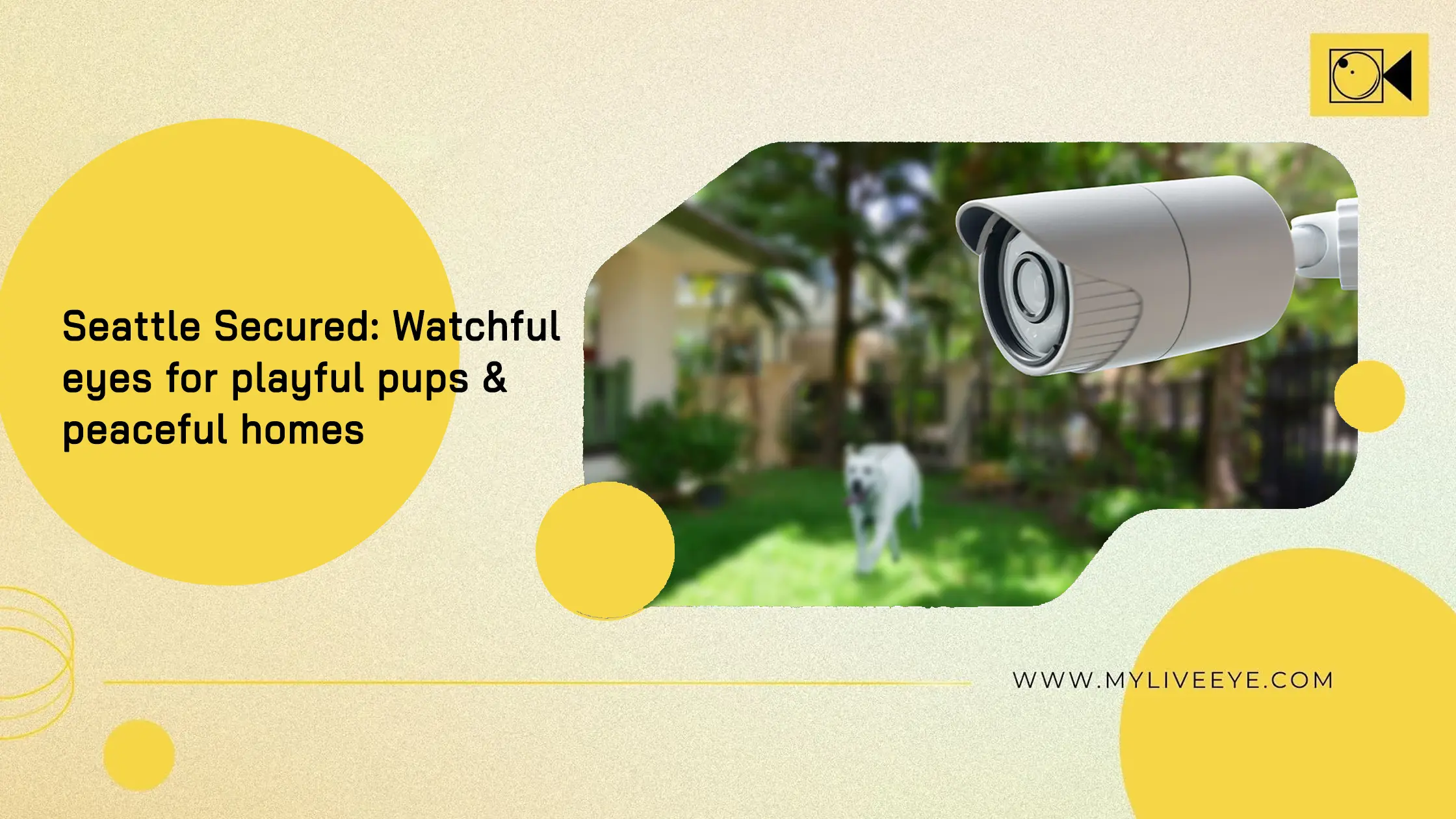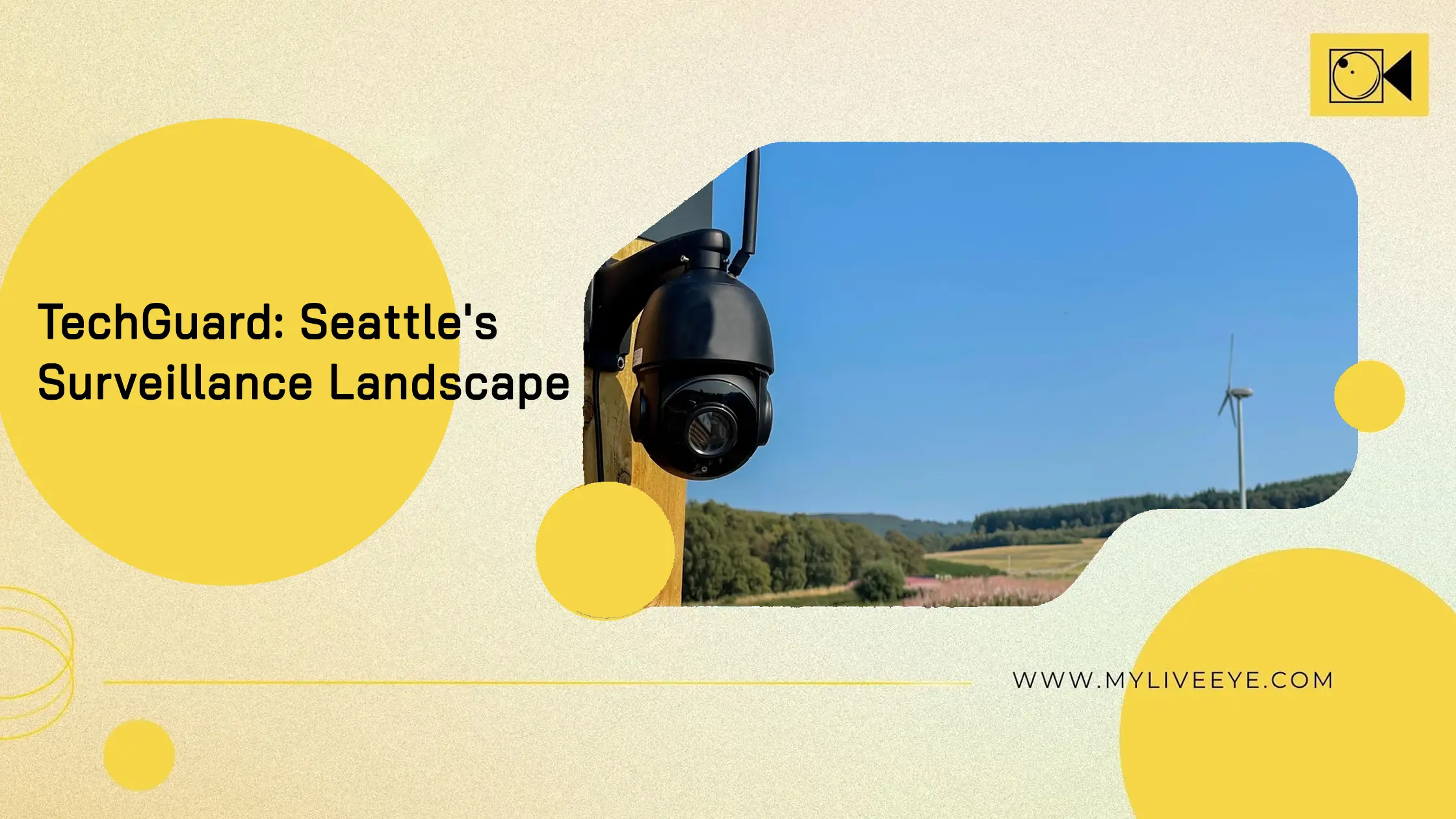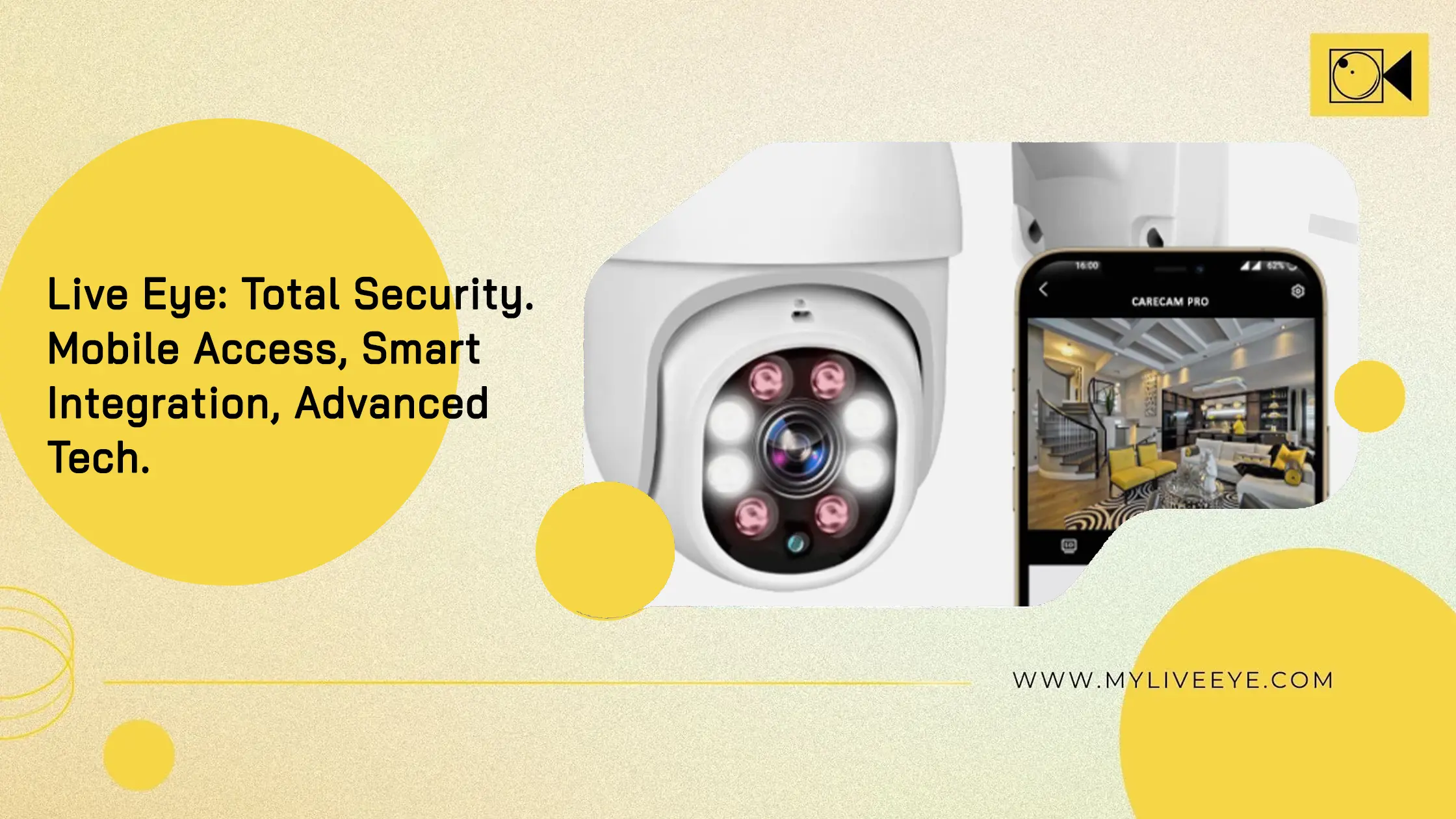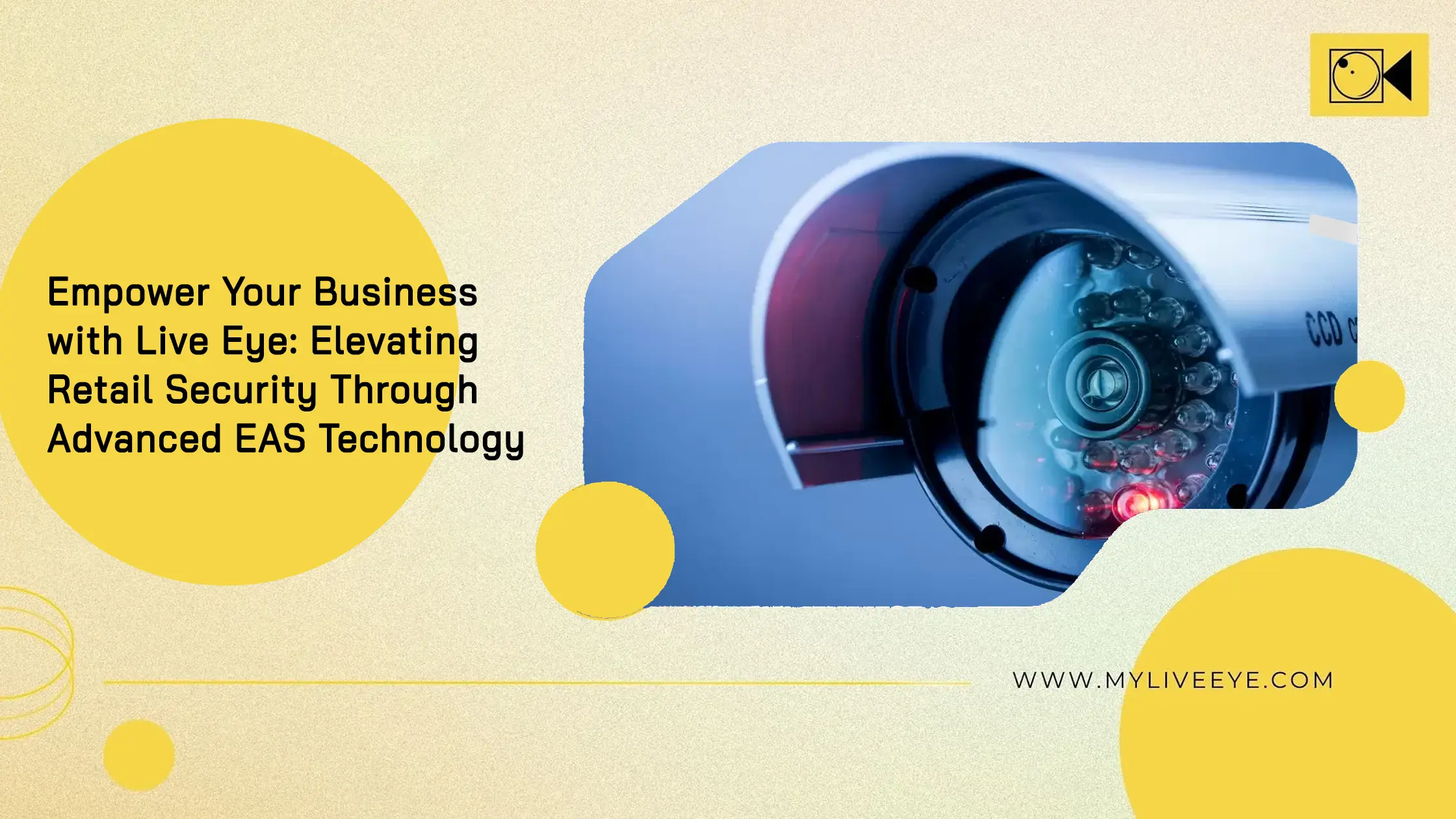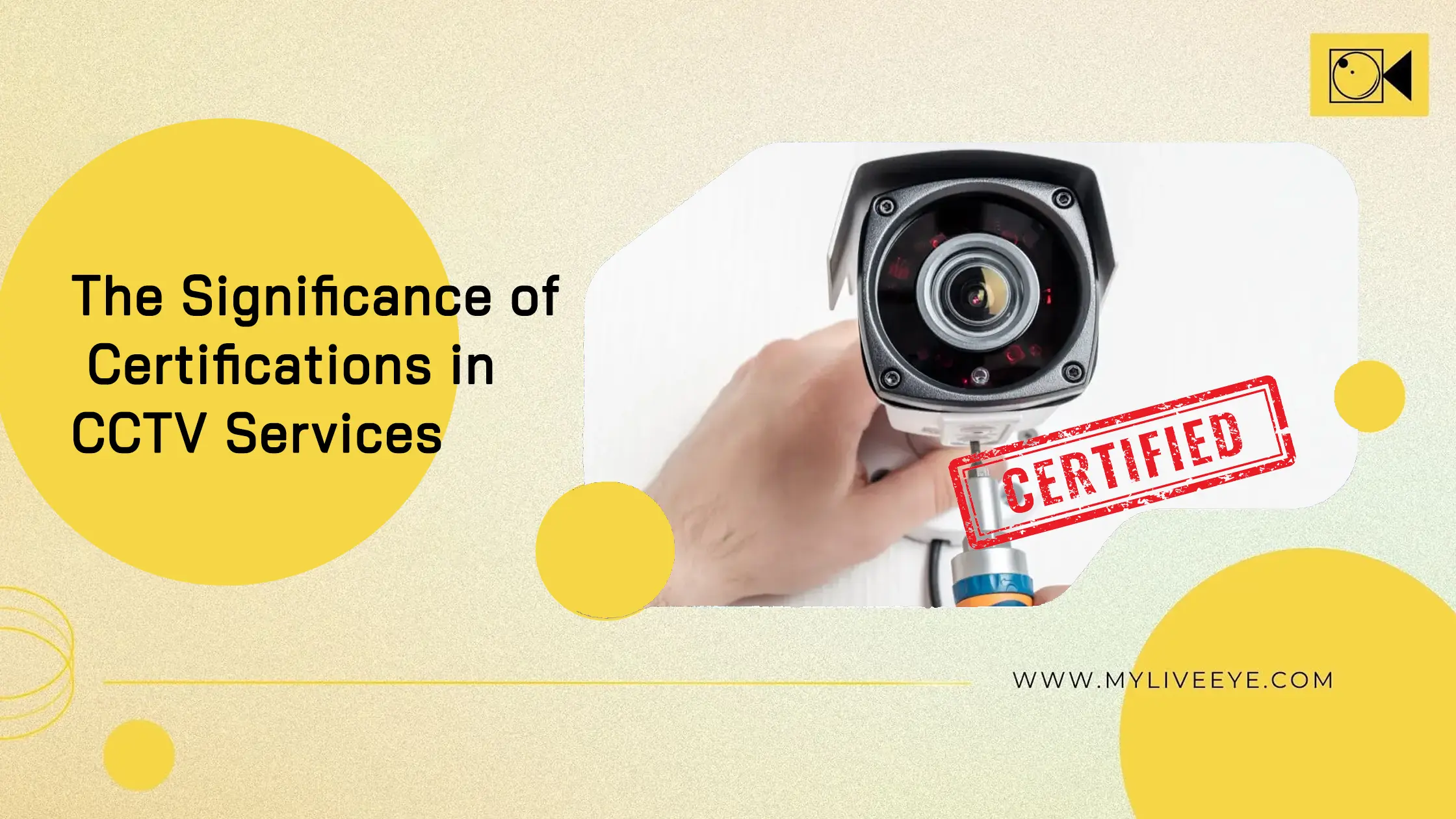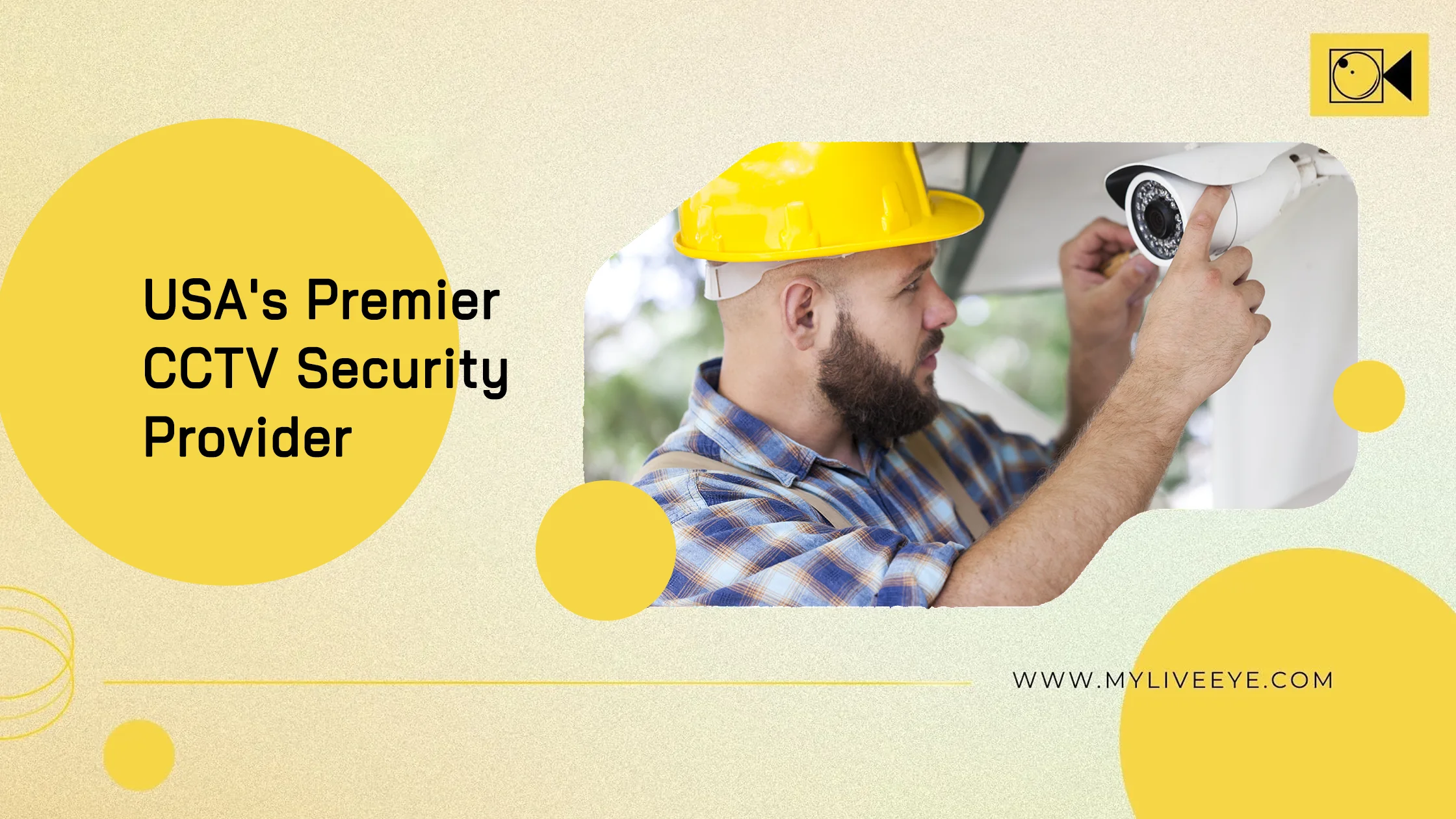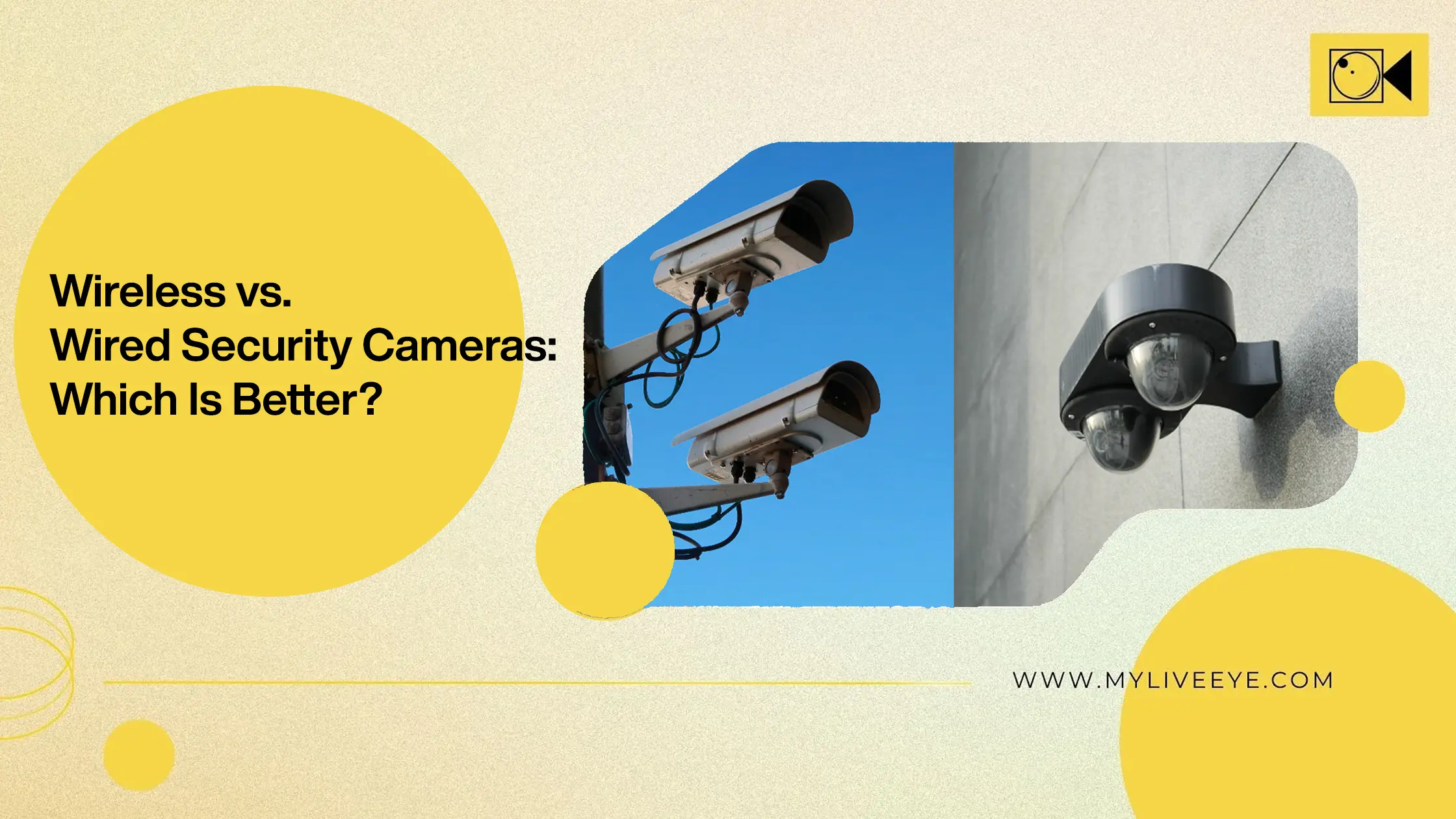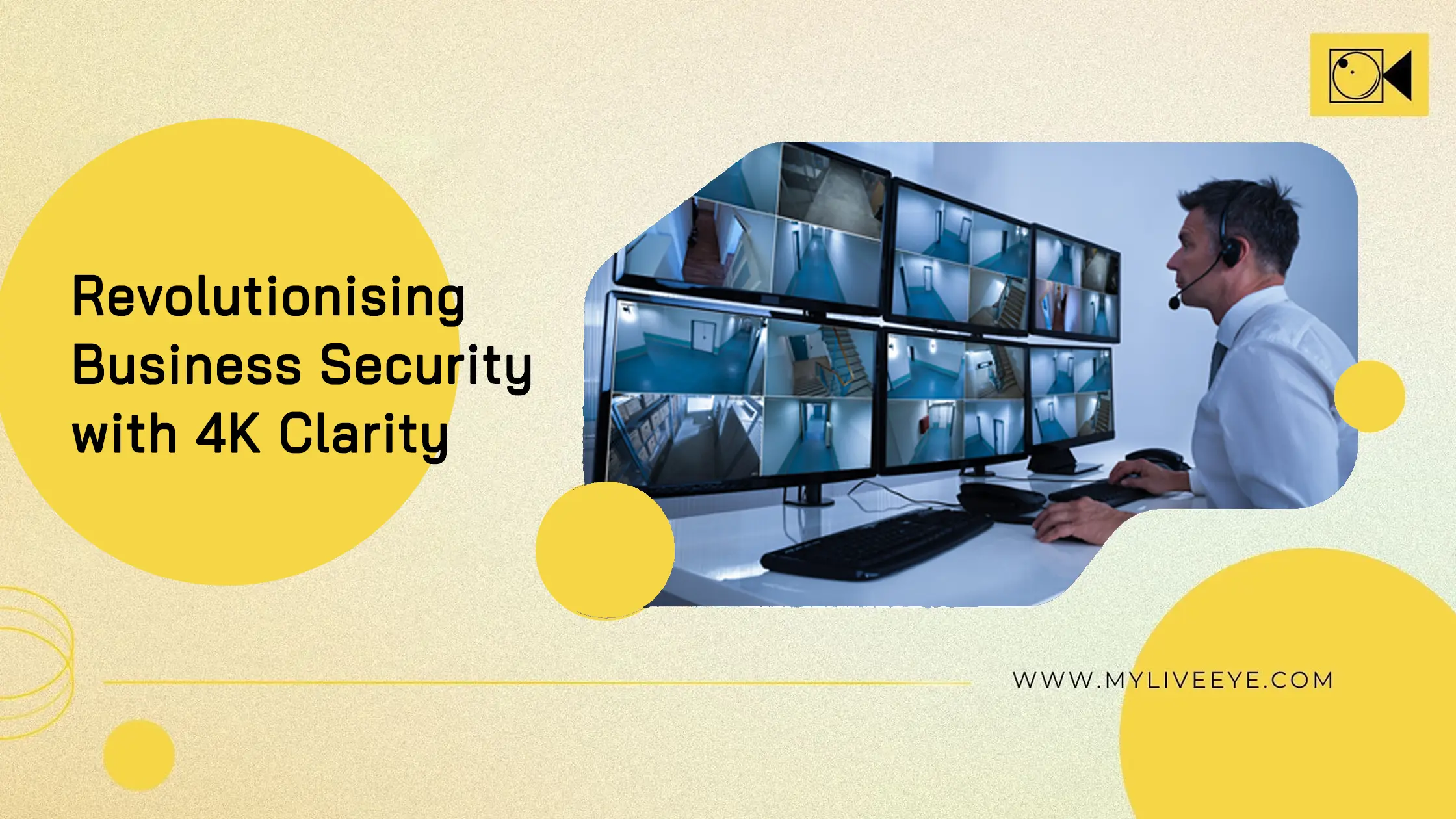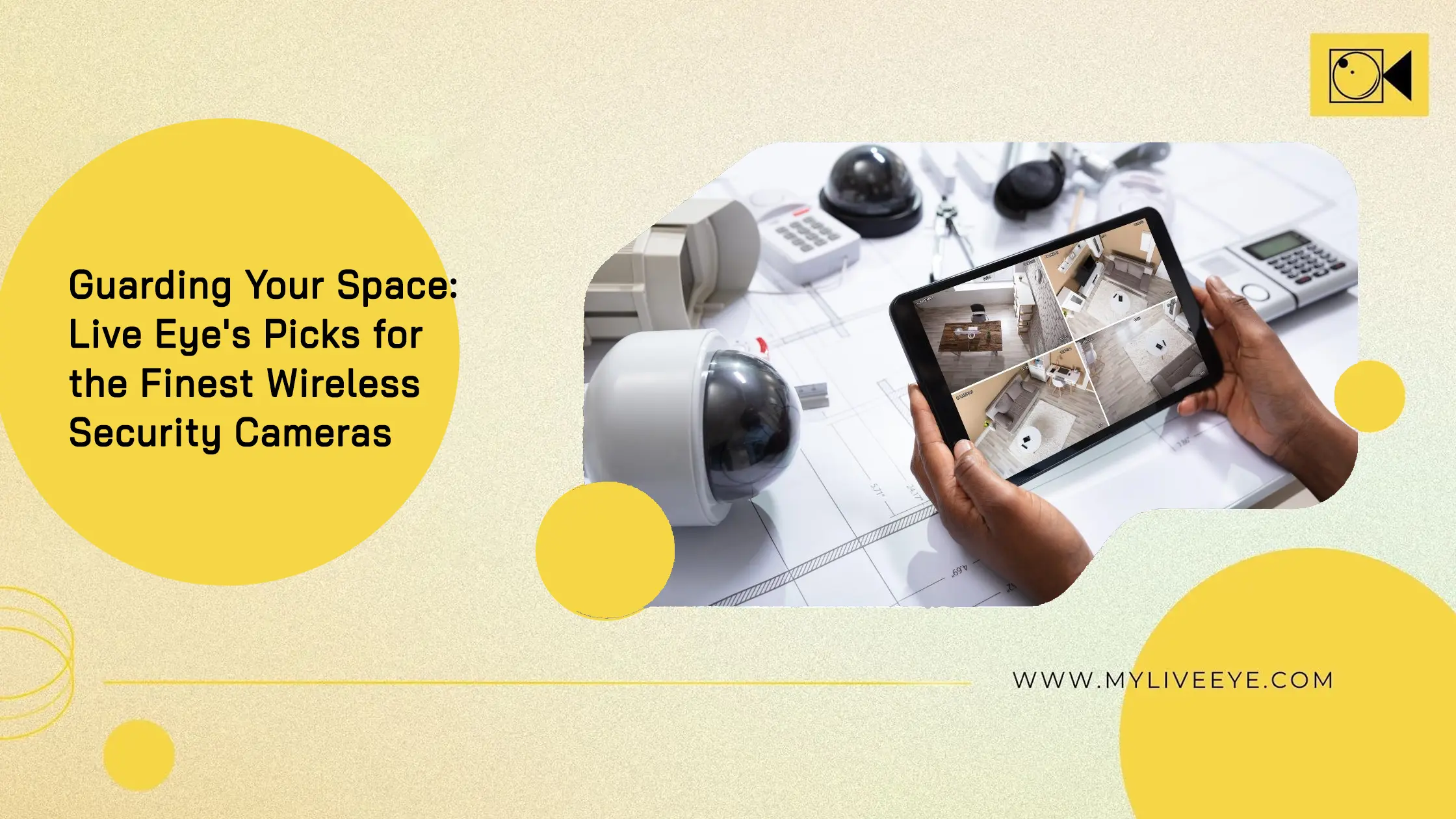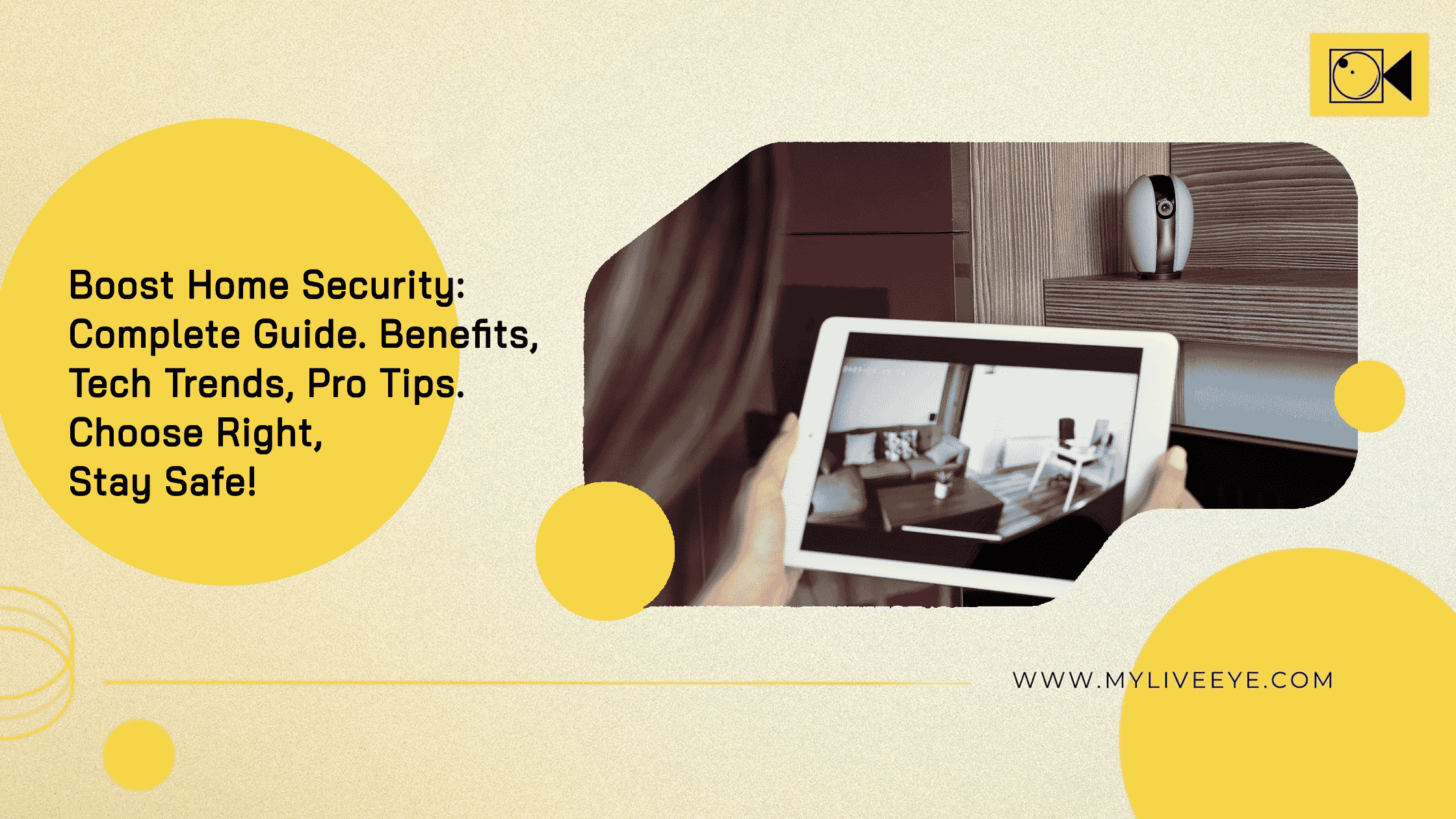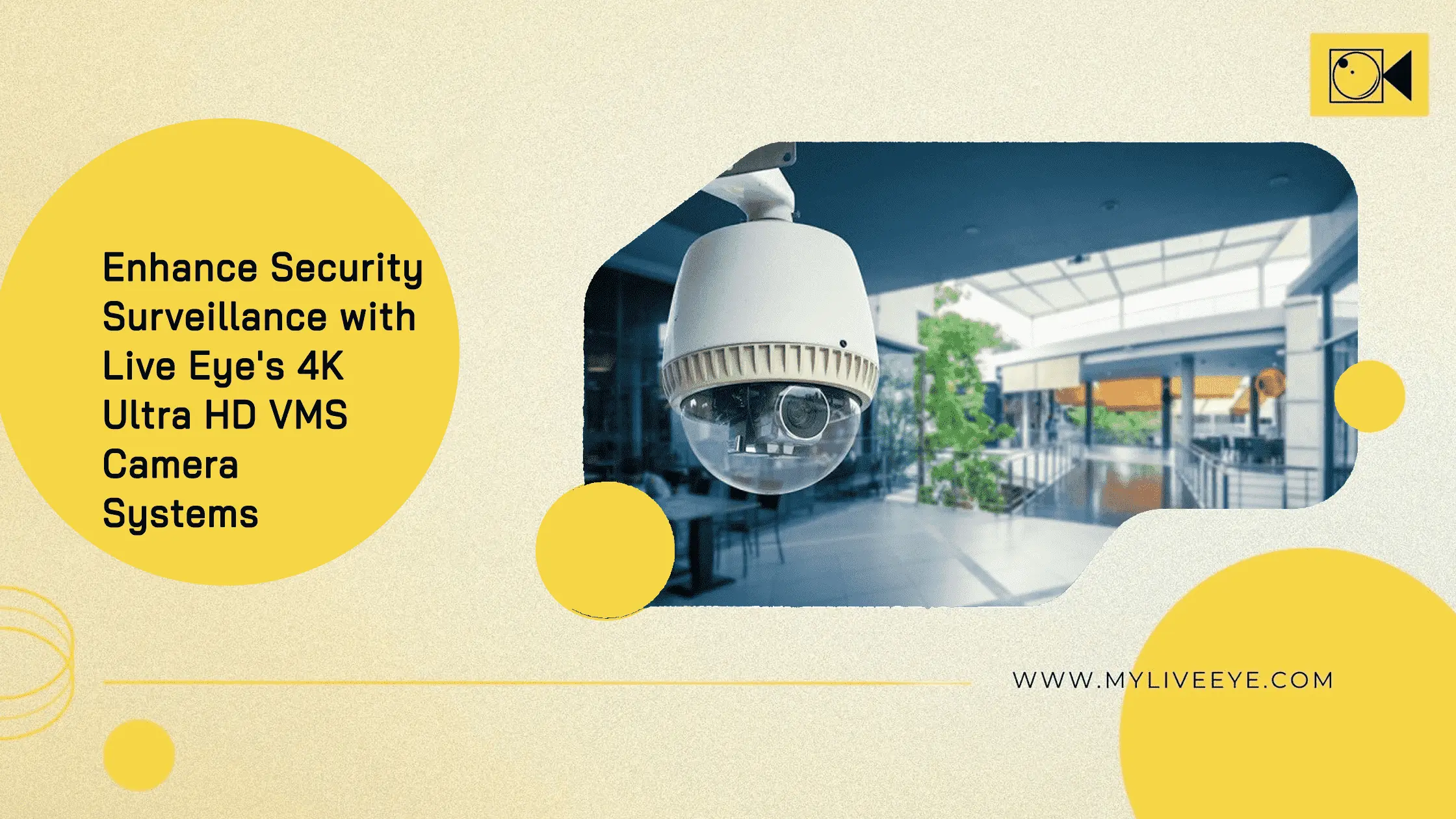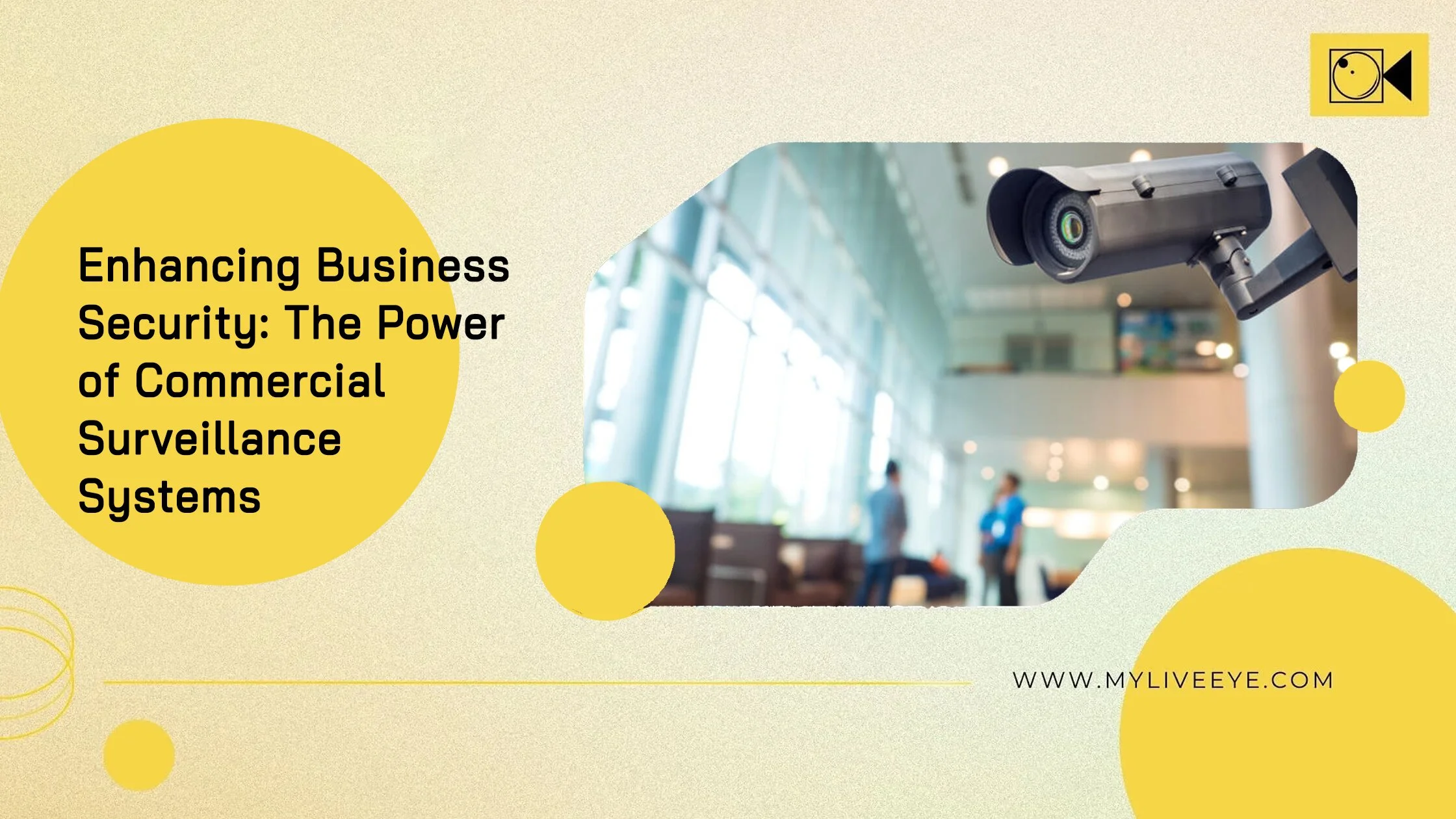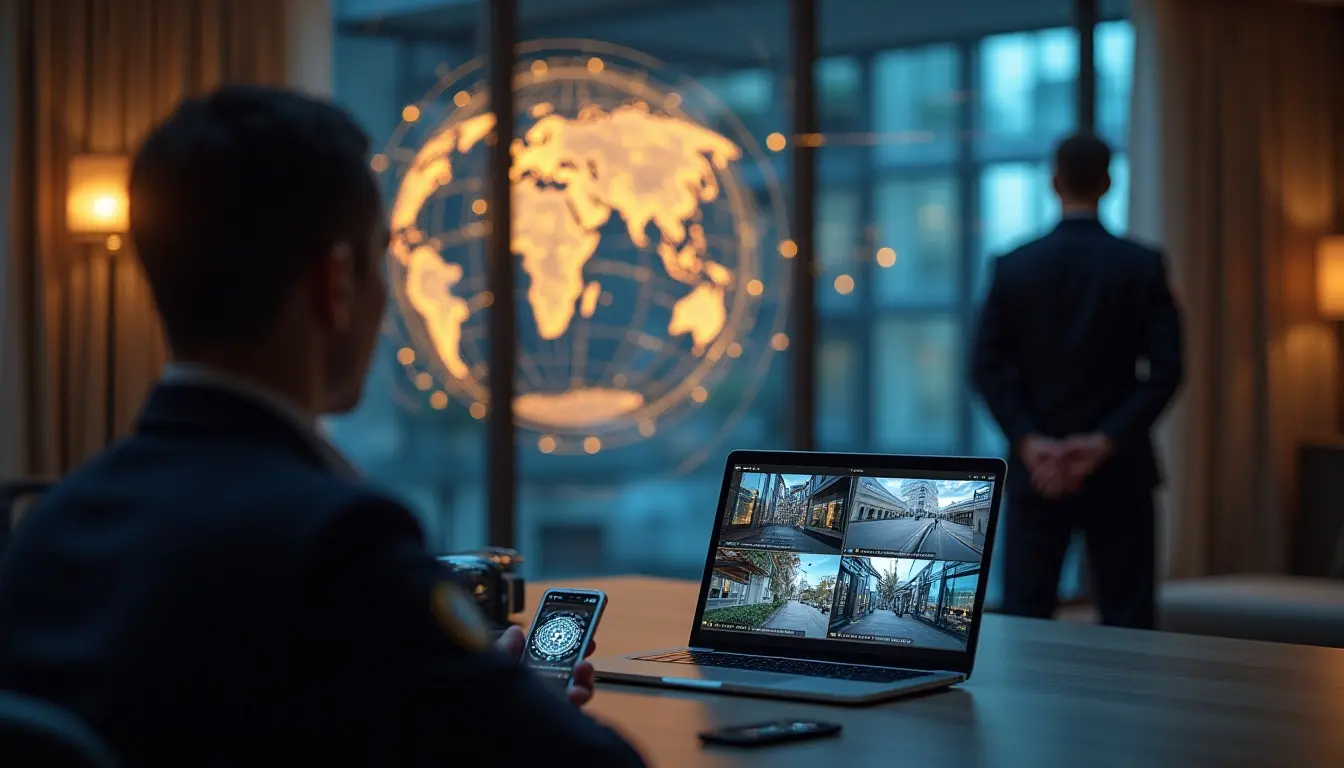
Boost Employee and Customer Safety with Smart Security Systems
Have you thought about how smart security systems can protect your staff and customers? Here’s a quick look
at why these tools matter and how you can use them today.
Did you know that according to a recent retail study, businesses using AI-driven video checks cut security
incidents by around 40% within a year? In today’s world,
Customer Safety with Smart Security Systems
plays a big role in keeping your team and visitors safe, protecting your reputation, and lowering costs from
losses or claims.
Why you need intelligent security tools now
When you run a store, restaurant, or any public space, you face risks every day. Smart systems give you extra eyes and alerts so you can respond right away.
- Intelligent video analytics scan feeds and spot odd behavior (like someone loitering or a crowd forming). You get an alert when something seems off, so you can act fast.
- Real-time alerts and response: You see a notice on your phone or from your security team. You decide the next steps immediately.
- Remote site monitoring lets you check live views from anywhere. If you manage several spots, you can review feeds on a single dashboard.
- Virtual supervision services add human review when needed: experts can flag events you might miss.
- Device health checks keep cameras online. If a camera goes offline, you know right away, so you fix it before a gap appears.
Smart Security Strategies for Retailers to protect teams and shoppers
Retail settings face theft, mistakes at checkout, or safety hazards in stock areas. Use these steps:
- POS integration for loss prevention: Link cameras to your
checkout system. If a register shows a strange
void or refund, the system marks the time and flags the video. You review and stop fraud or errors.
For example: A small store I spoke with saw a drop in refund scams after they set up linked alerts. The manager said, “We spotted odd refunds early and saved money.” - Theft deterrence systems: Visible cameras plus signage remind people you watch for issues. That alone cuts risks.
- Smart Security Strategies for Retailers mean you place cameras at entry, checkout, and stock rooms. You balance safety with a friendly feel; people see cameras but don’t feel watched too much.
- Human + AI surveillance: Let AI note odd events, and then a person reviews the clip. This blend helps you catch real threats while avoiding false alarms.
How AI-driven Checks Boost Employee Safety
Your staff also need to feel safe at work. Smart tools can help:
- Automated incident detection & panic alerts: Suppose an employee presses a panic button or AI senses a fight or emergency. You get an alert fast, so you send help or call first responders.
- Virtual supervision and well-being: Knowing someone oversees issues helps your team feel secure. One manager told me their team felt less stressed once they knew they had instant support if something went wrong.
- Secure cloud storage: Footage saves in encrypted cloud space. You can access it if you need proof or to review events. This also helps if someone raises a claim; you have clear records.
- Privacy care: It matters to set clear rules and inform staff about what you record and how long you keep it. Use signs and policy notes so everyone knows what to expect and you stay fair.
Real examples and personal notes
Hearing real stories helps you see how this works:
- Restaurant chain story: A mid-size eatery used AI cameras to spot slip risks in the kitchen. When the system saw a spill or a crowded area, it sent an alert. The staff cleaned up faster, and they cut incidents by half. The manager said, “We fixed small hazards before they caused harm.”
- Hotel use case: A hotel I know set up remote checks of lobbies and hallways. If something odd happened late at night, staff got notified and could check live feeds. Guests told them they felt safer knowing the team could react at any hour. Feedback on review sites noted, “I felt well cared for here.”
- In each case, they refined camera spots, set clear alert rules, and trained teams. You learn from small tests: try one area first, then expand.
How to track results and value
You want proof that your system pays off. Look at:
- Incident reduction: Compare issues before and after installation (theft cases, accidents).
- Faster response times: Note how quickly staff or security handle alerts now versus earlier.
- Employee and customer feedback: Run quick polls or ask informally: “Do you feel safer since we set up new cameras?” One report noted that 80% of staff felt more secure after smart checks began.
- Cost savings: Tally losses avoided (shrinkage, claim payouts) versus your subscription or equipment fees. Often, preventing one major loss covers costs for months.
- Scaling across spots: If you have more locations, central dashboards cut travel time. You or your team can watch multiple sites from one app.
Steps to set up smart security
Follow these simple ideas:
- Plan a small test:
Pick one location or area that matters most
(like checkout or a busy aisle). Set up cameras and alerts there first. See how your team uses the
data.
- Involve staff: explain how the system works and get their feedback on alerts or camera spots.
- Choose a good partner: Look for a provider that offers both AI alerts and human review, plus safe cloud storage and quick support. You want someone who answers questions fast.
- Train your team: Show them how to watch alerts, review clips, and follow steps when an alert appears. Clear steps help everyone act without confusion.
- Roll out in stages: After your test goes well, add more cameras or extend to other areas. Review device health alerts so cameras stay online.
- Review often: Check monthly stats, ask staff for feedback, and tweak alert levels or camera angles as needed.
Ready to protect people? Act now!
Smart security helps you cut losses, boost trust, and support your staff. Don’t leave safety to chance; give your team and visitors the guard they deserve.
- Ask for a demo or quote from Live Eye
- See how simple tests can show quick wins.
- Start small, learn fast, and grow your coverage.
- You’ll gain peace of mind and a stronger reputation.
Frequently Asked Questions
Q: How do smart security systems improve employee safety?
They spot risks early, send alerts if there’s an urgent event, and store video securely. Your team feels backed up by instant support.
Q: What features should retailers look for?
Look for POS integration, AI-based alerting, live mobile access and secure cloud storage. These help you spot theft or safety issues quickly.
Q: Can these systems help stop theft?
Yes. AI notes odd patterns at checkout or in aisles, flags possible fraud or shoplifting, and lets you review footage quickly to act.
Q: How does cloud storage help?
It keeps video off-site in encrypted form, so you can fetch it from anywhere, use it as proof, and avoid loss if a device breaks.
Q: What about privacy rules?
Set clear policies, post signs, limit who can view footage, and keep recordings only as long as rules allow. This keeps trust and meets laws.

